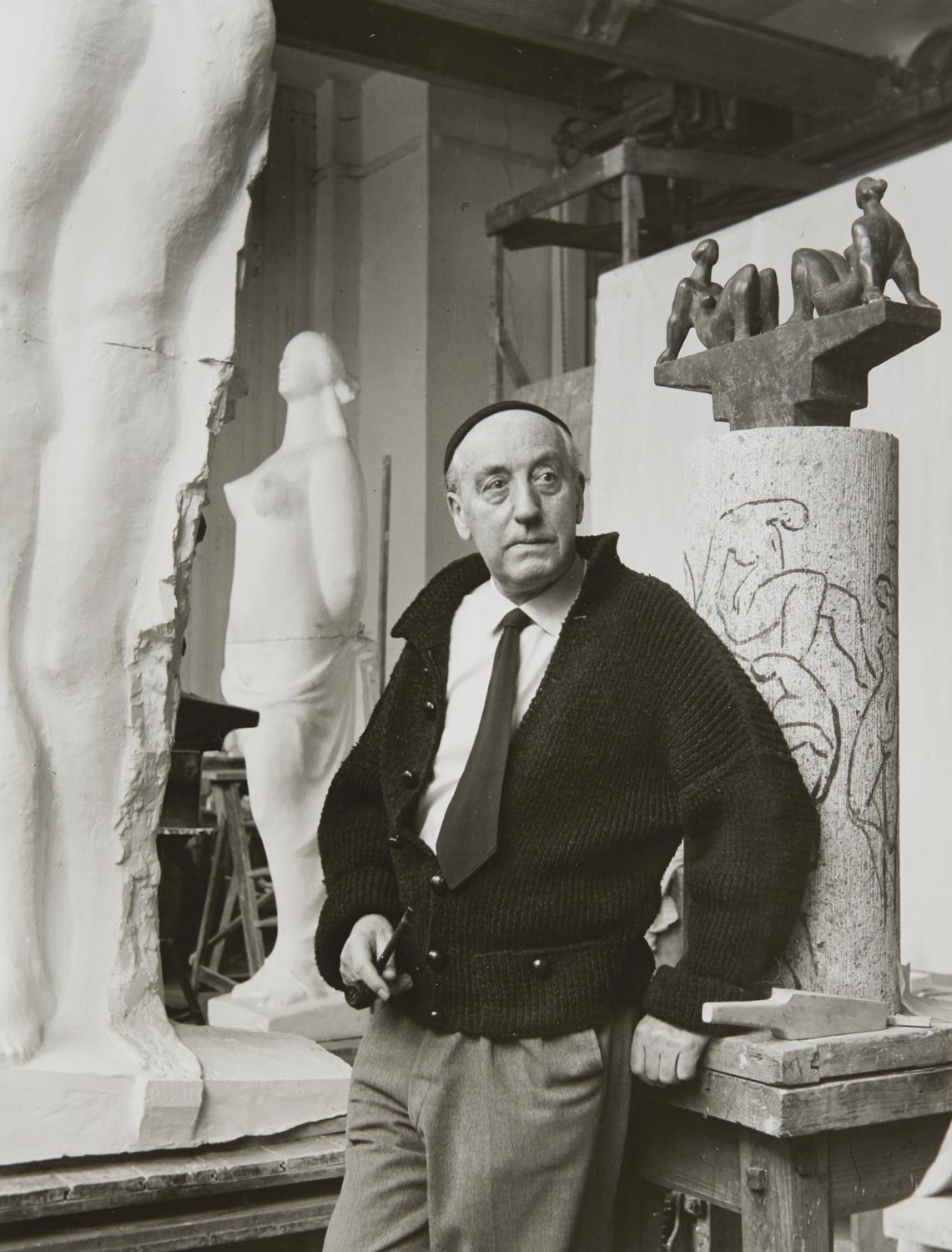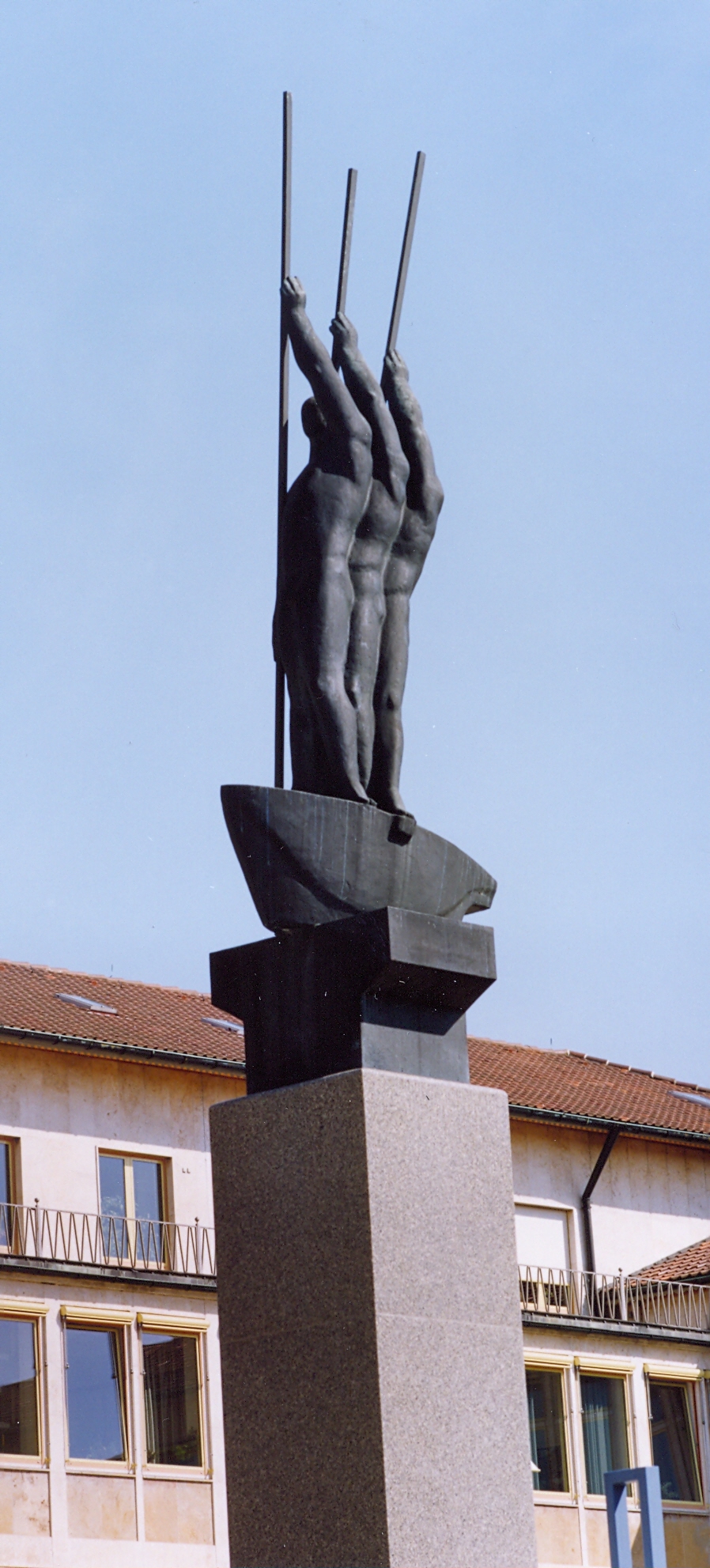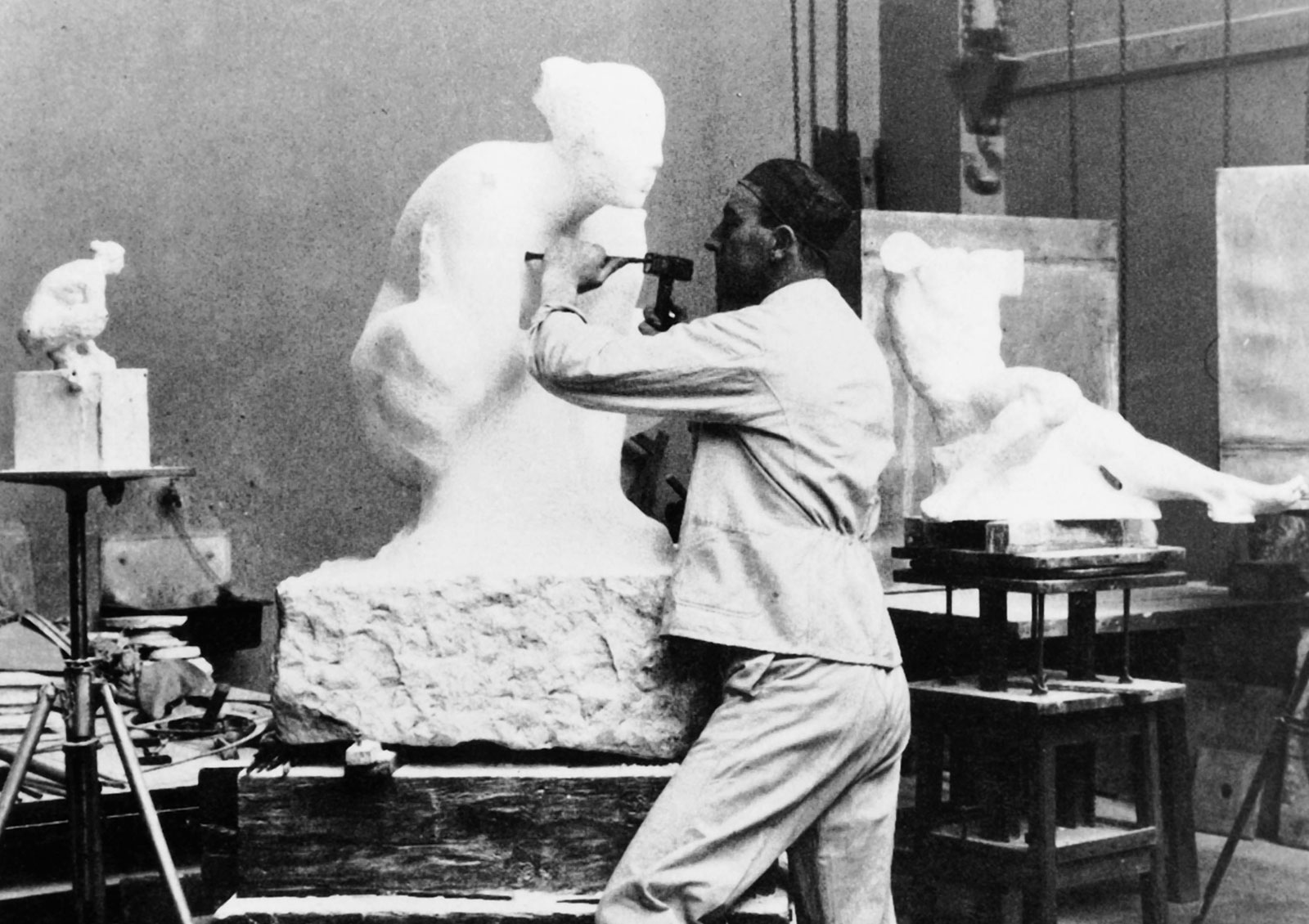Permanent collection :
Edwin scharff – "Form muss alles werden"
“Form becomes everything”
Along with Wilhelm Lehmbruck, Käthe Kollwitz, Ernst Barlach and Georg Kolbe, Edwin Scharff (1887-1955) is one of the most important German sculptors of the first half of the 20th century.
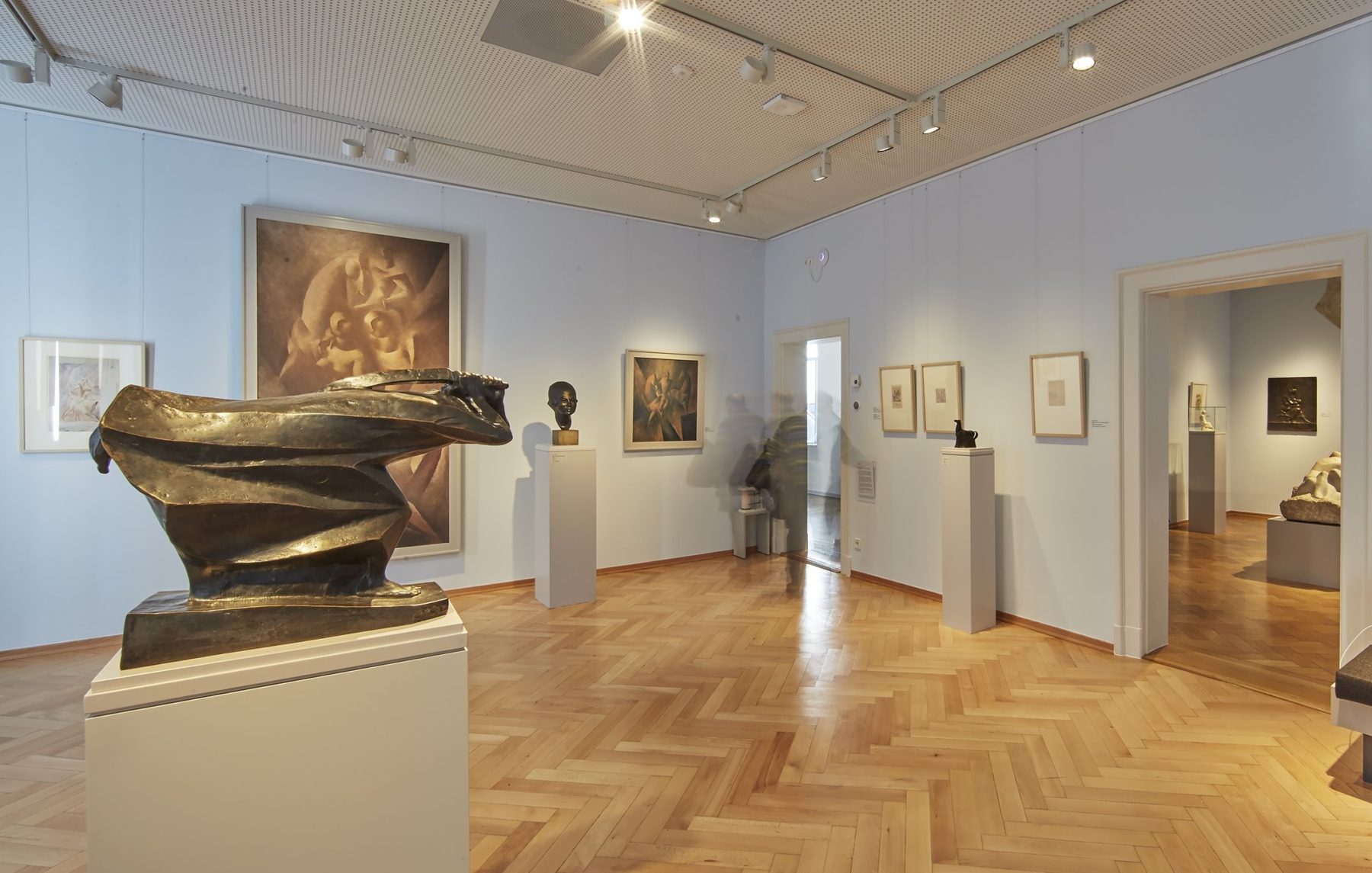
He started out as a painter, but soon turned to sculpture. Like his contemporaries, he was committed to figuration, invoking a stylistic idiom informed by classicism and striving towards a contemporary, but universal human image. Key locations in the creative life of this artist born in Neu-Ulm are Munich, Berlin, Düsseldorf and Hamburg. In the 1930s Edwin Scharff was defamed as ‘degenerate’ artist and banned from working and exhibiting. He was rehabilitated in the post-war period and continued to work and teach until his death in Hamburg in 1955.
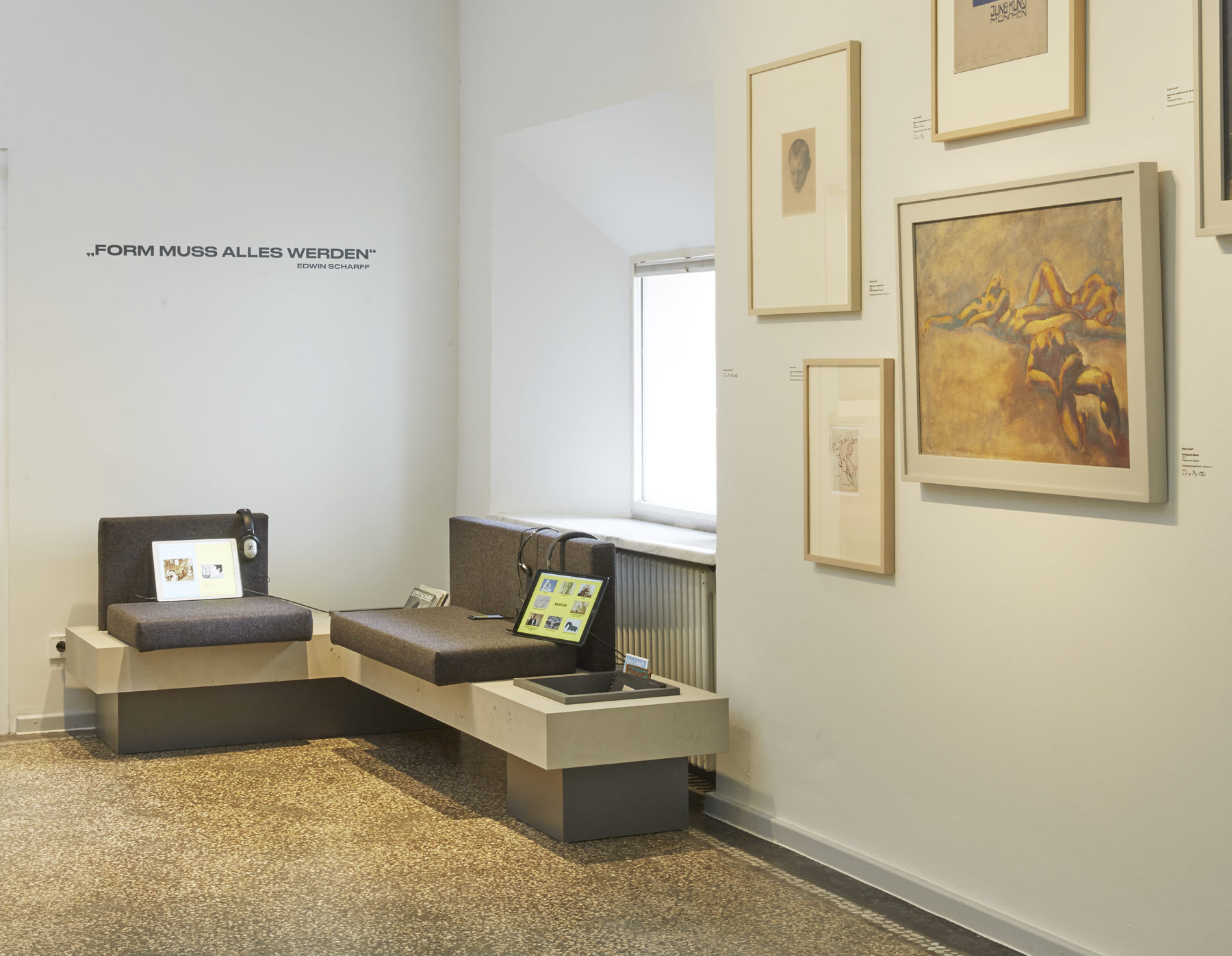
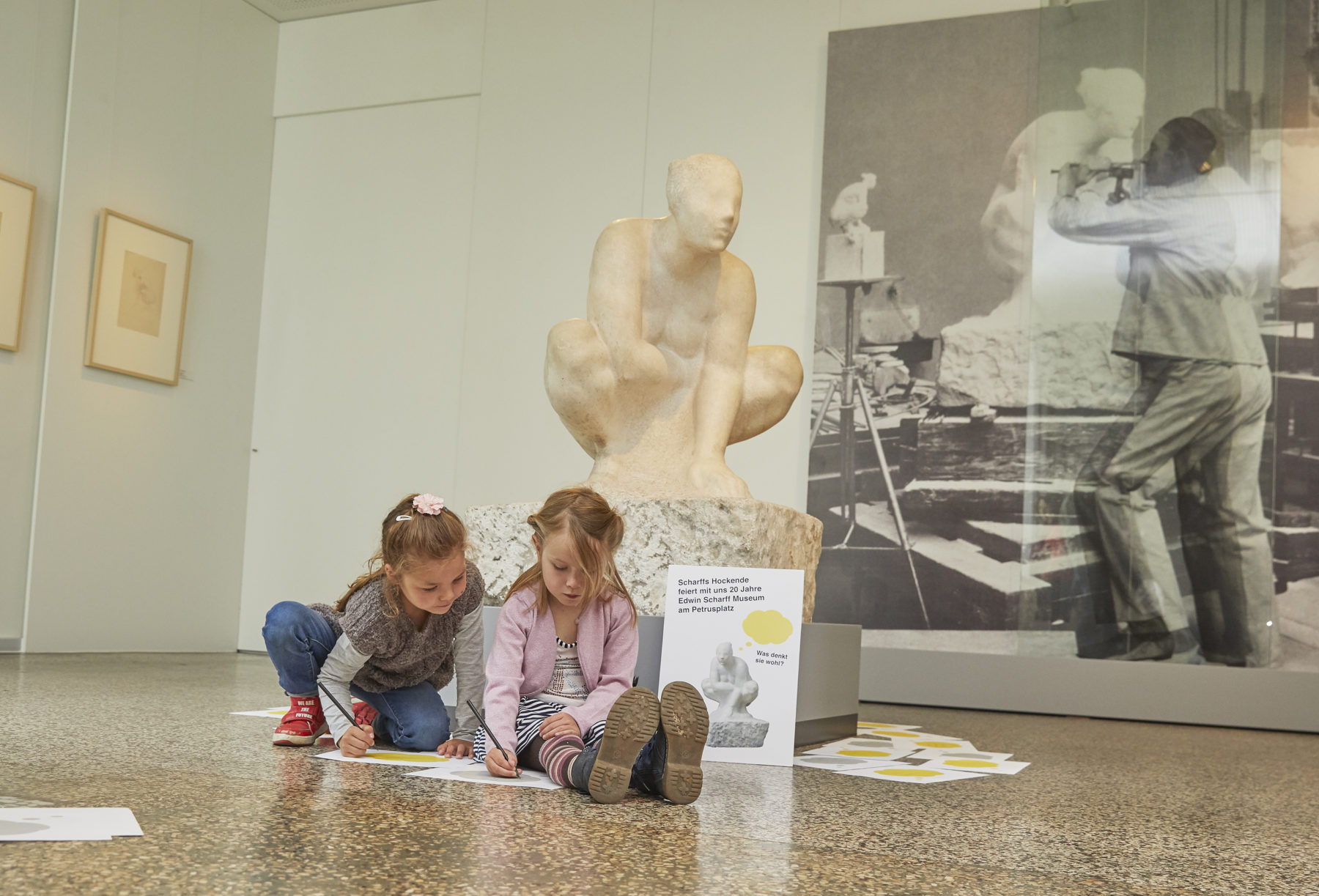
The permanent collection in the museum presents sculptures, pictures and documents of Edwin Scharff and his contemporaries. Works by Ernst Barlach, Käthe Kollwitz and Wilhelm Lehmbruck complement the picture of the period and illustrate by direct comparison characteristic features of Scharff’s work.
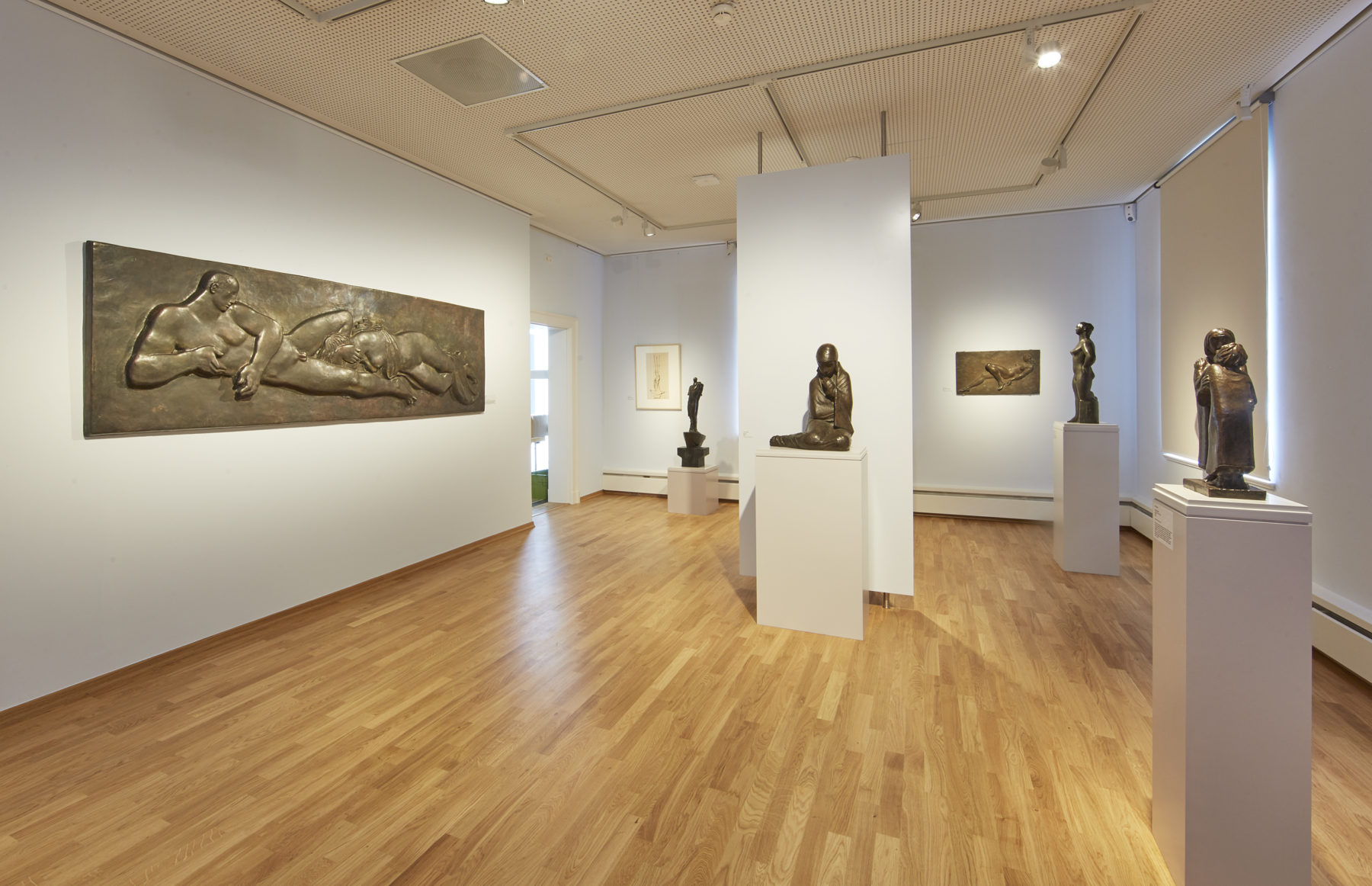
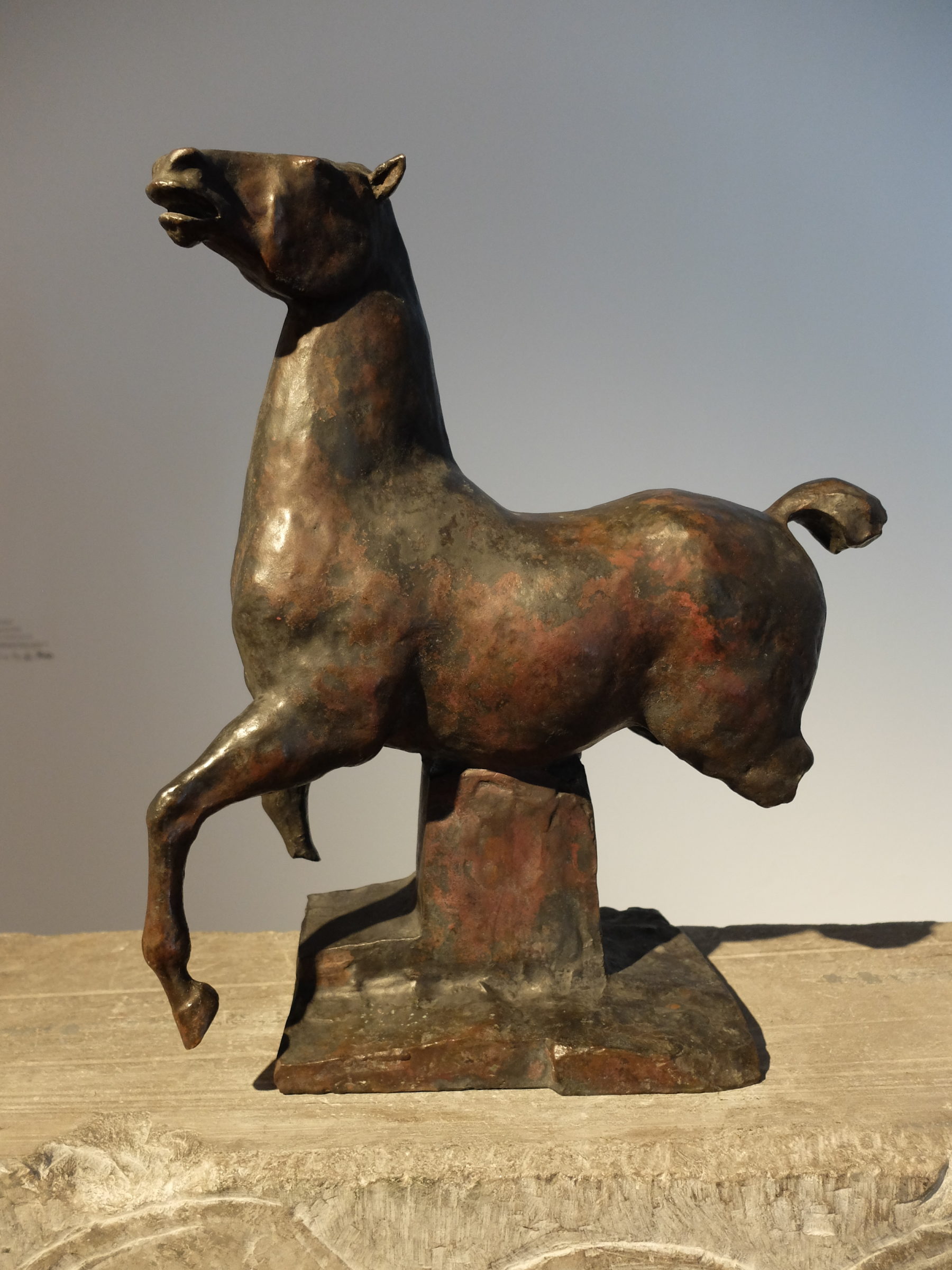
Publikation :
Edwin Scharff 1887—1955: "Form muss alles werden"
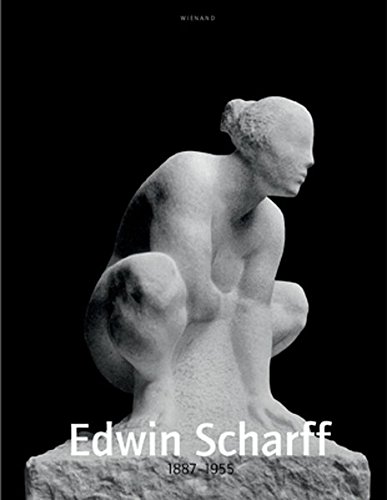
Ed.: Helga Gutbrod, Städtische Sammlungen Neu-Ulm
Köln 2012. 248 pages
24,80 €
Biography : EDWIN SCHARFF – 1887—1955
1887
Edwin Scharff ist born on 21st of March in Neu-Ulm as the oldest of four children. His father Franz Xaver Scharff is the city secretary. After the death of his first wife he marries Emma Bäuerle, with whom he has the children Edwin, Oskar, Alfred and Gisela.
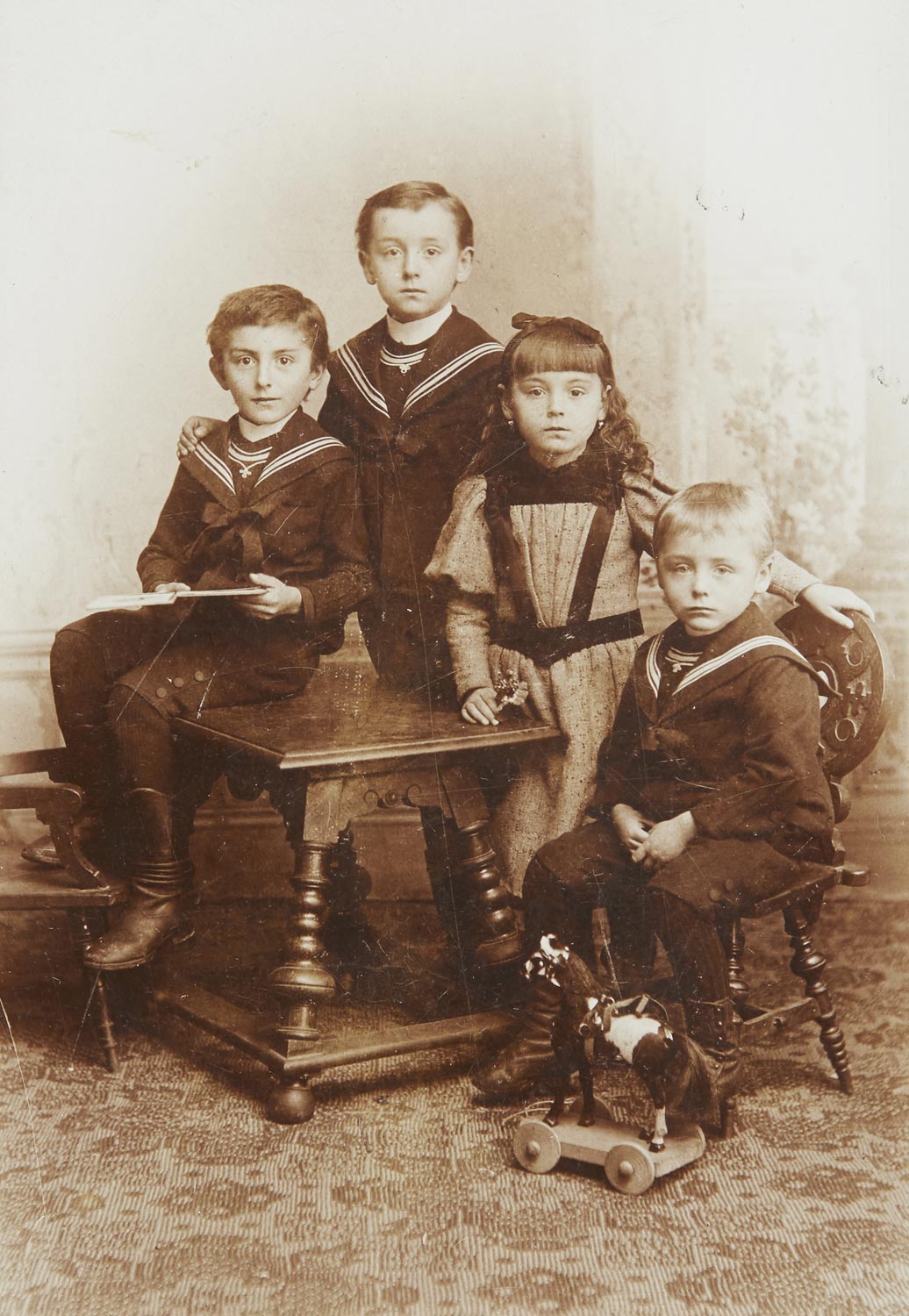
1902
After finishing secondary school, Edwin Scharff attends the Royal School of Arts and Crafts in Munich.
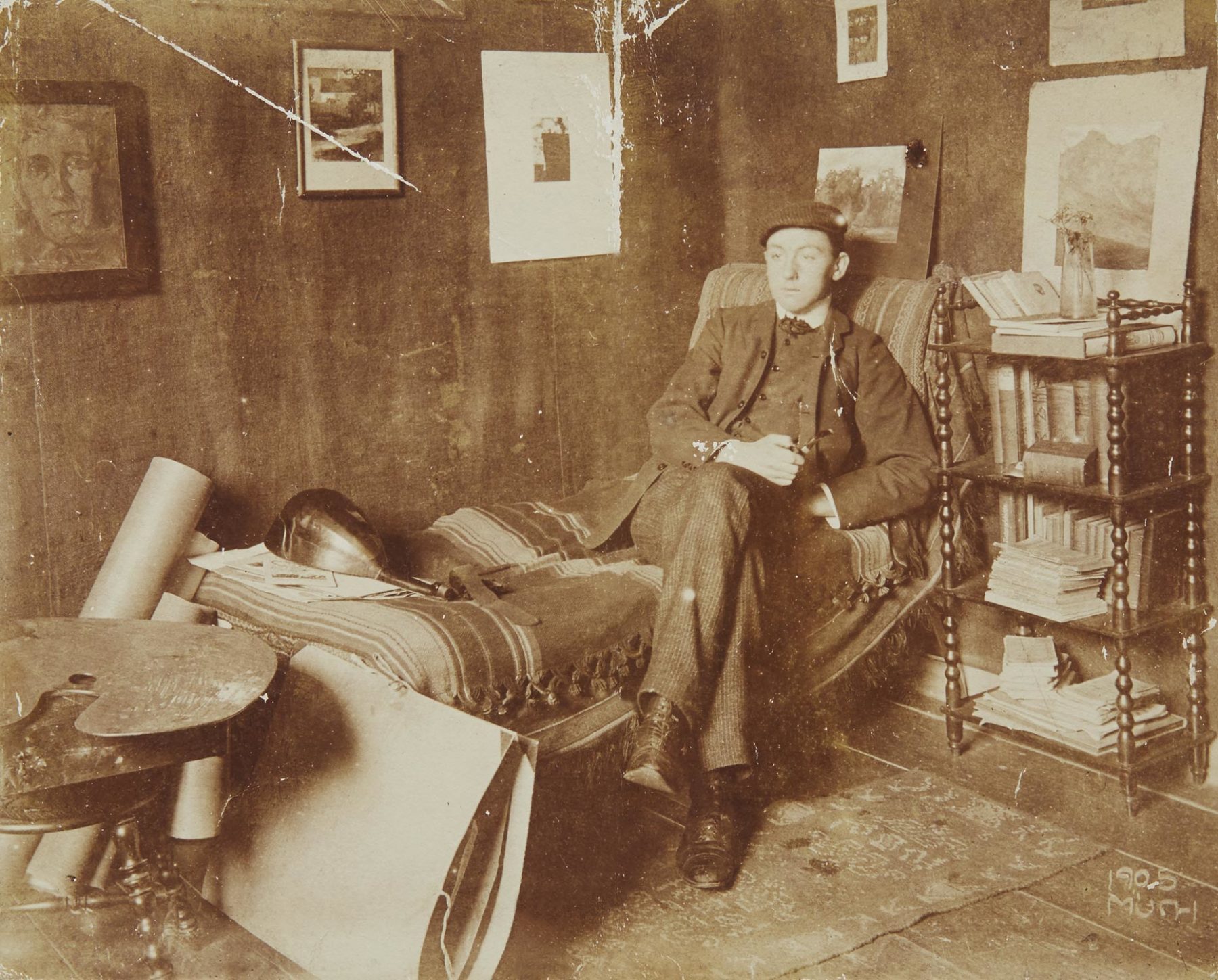
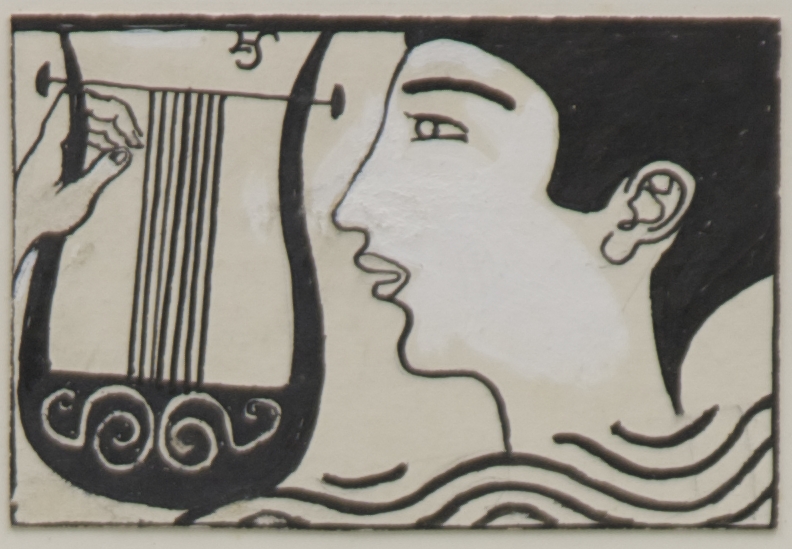
1904
He studieds painting at the Munich Royal Academy of Fine Arts in the classes of Gabriel von Hackl (1843-1926) and Ludwig von Herterich (1856-1932).
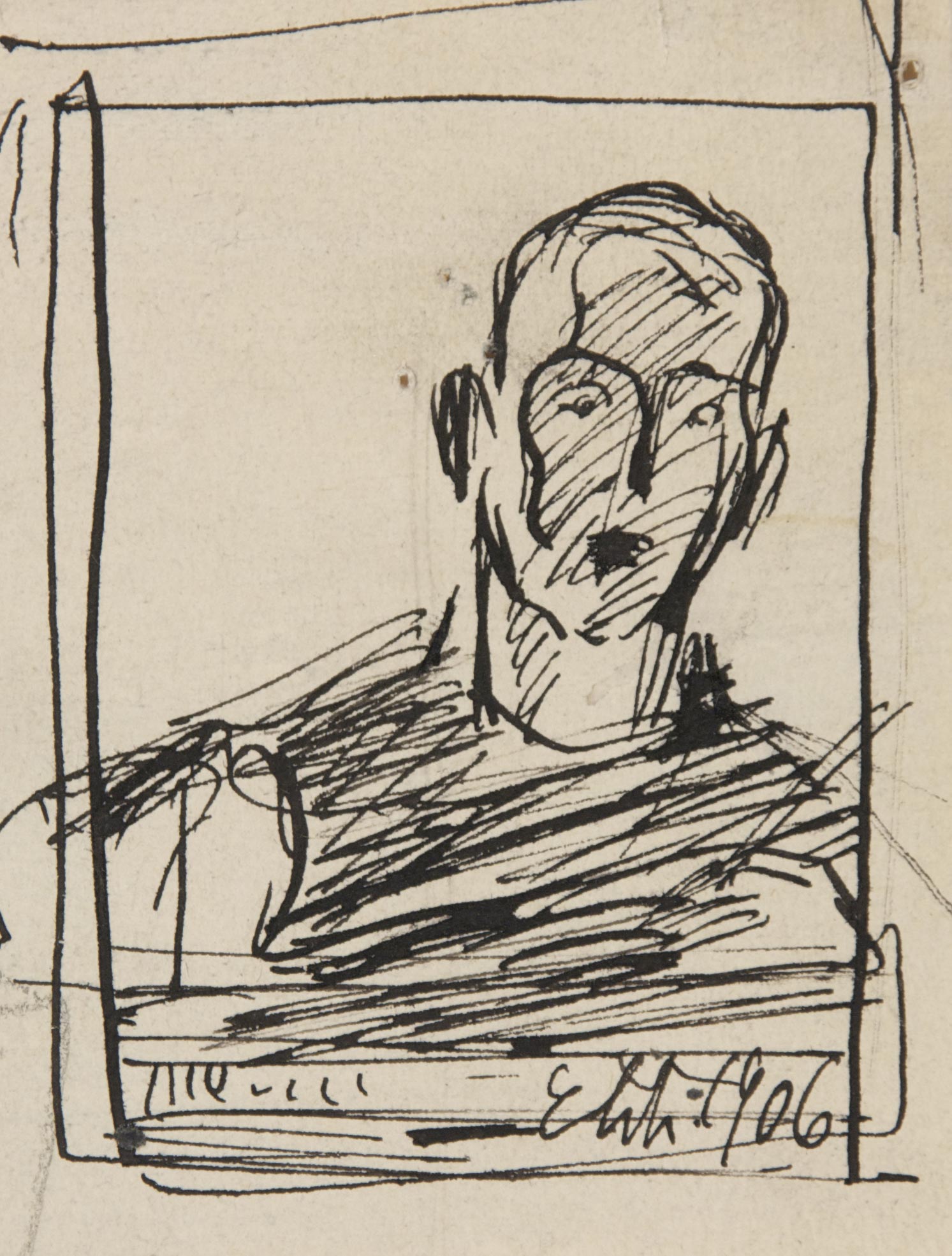
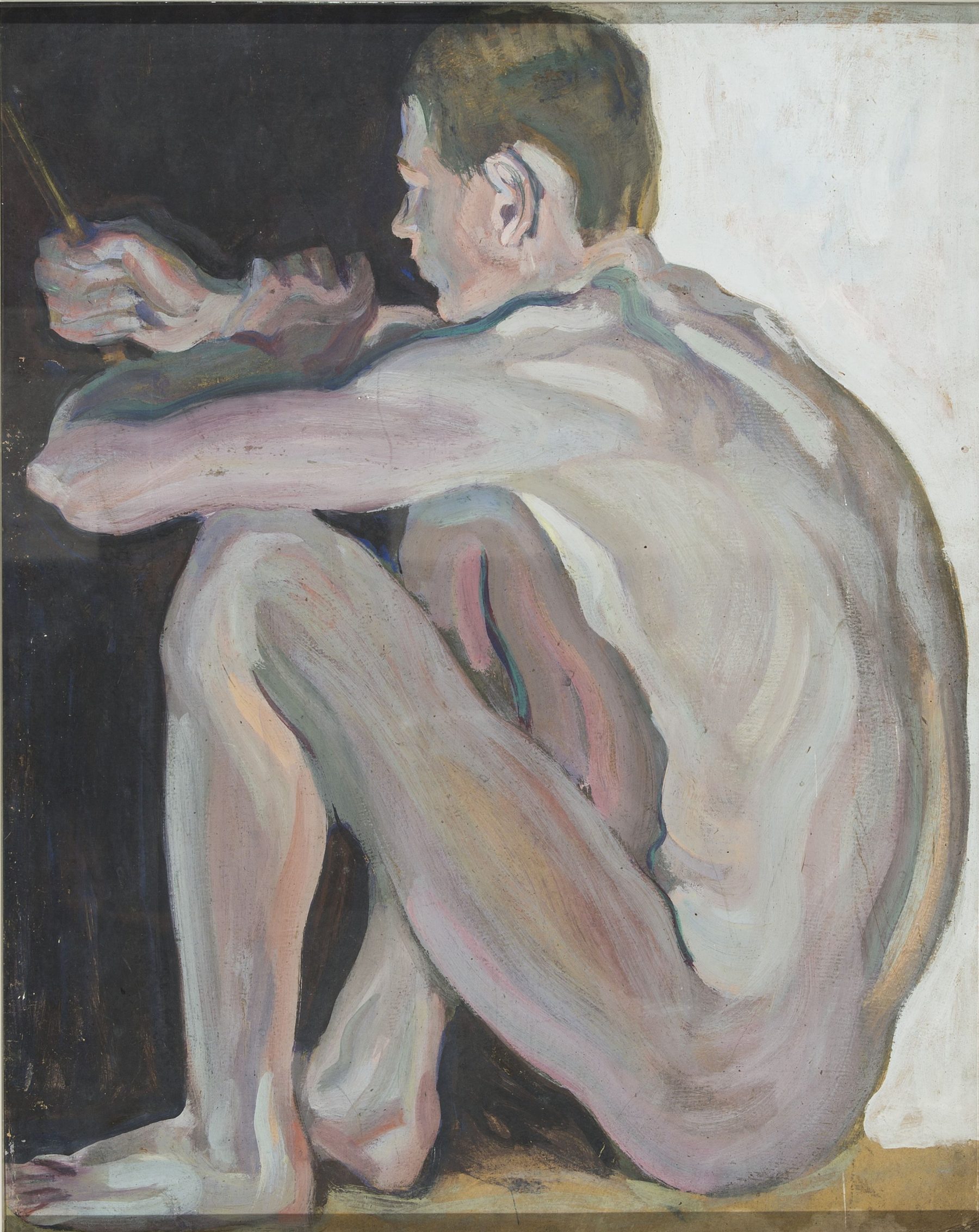
1906-1908
Scharff hikes across the Alps to Italy and tries his hand at his first sculptural works, none of which have survived. In the Alte Pinakothek in Munich, Edwin Scharff makes sketches and copies after Rubens, Titian, Ribera and Dürer. He receives the so-called Rome travel grant of the Bavarian state and travels via Colmar to Paris, Madrid, Toledo, Granada and Córdoba. Scharff continues his journey to Orvieto, Florence and Rome, where he makes sketches after Michelangelo’s frescoes of the Sistine Chapel.
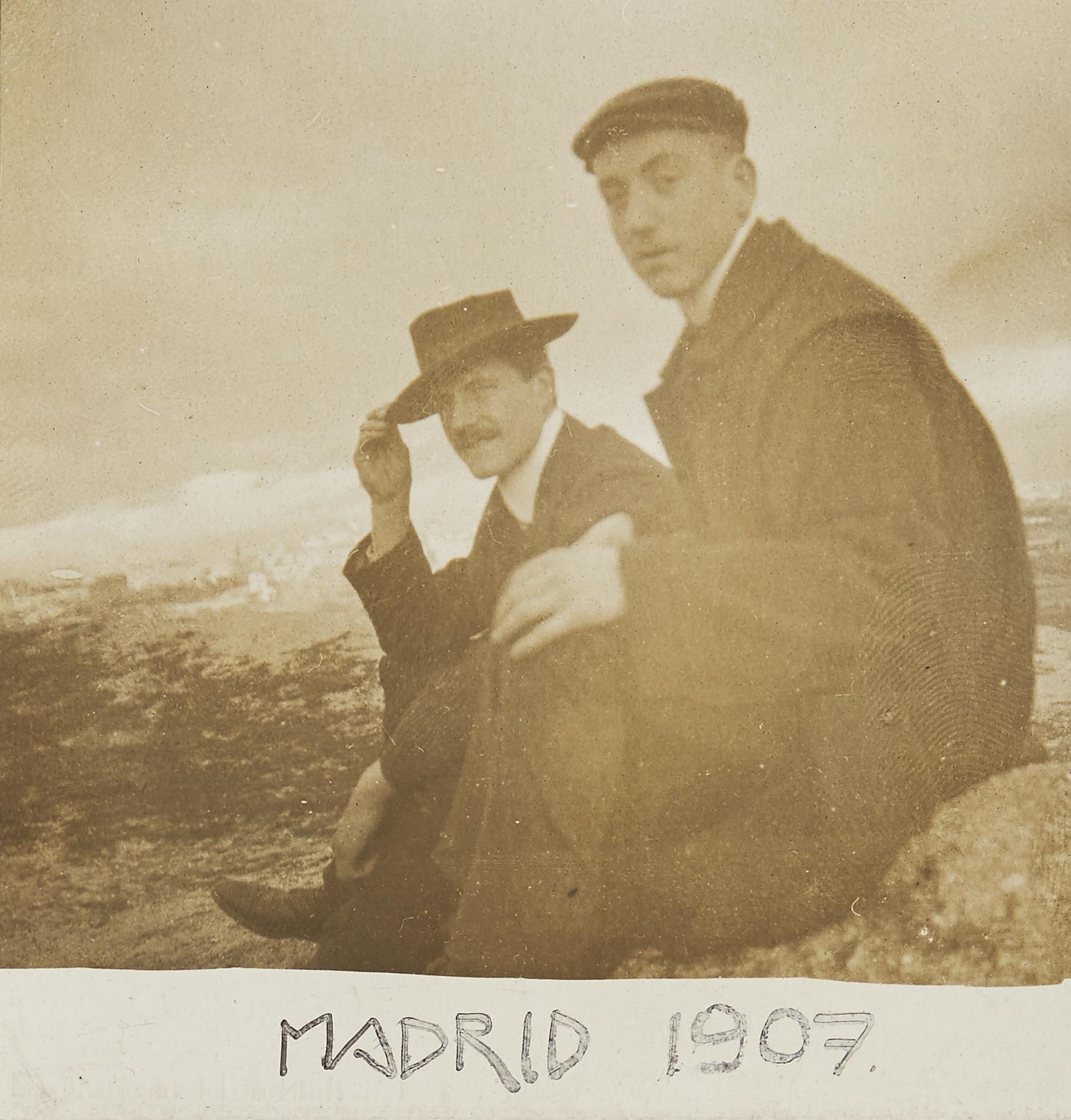
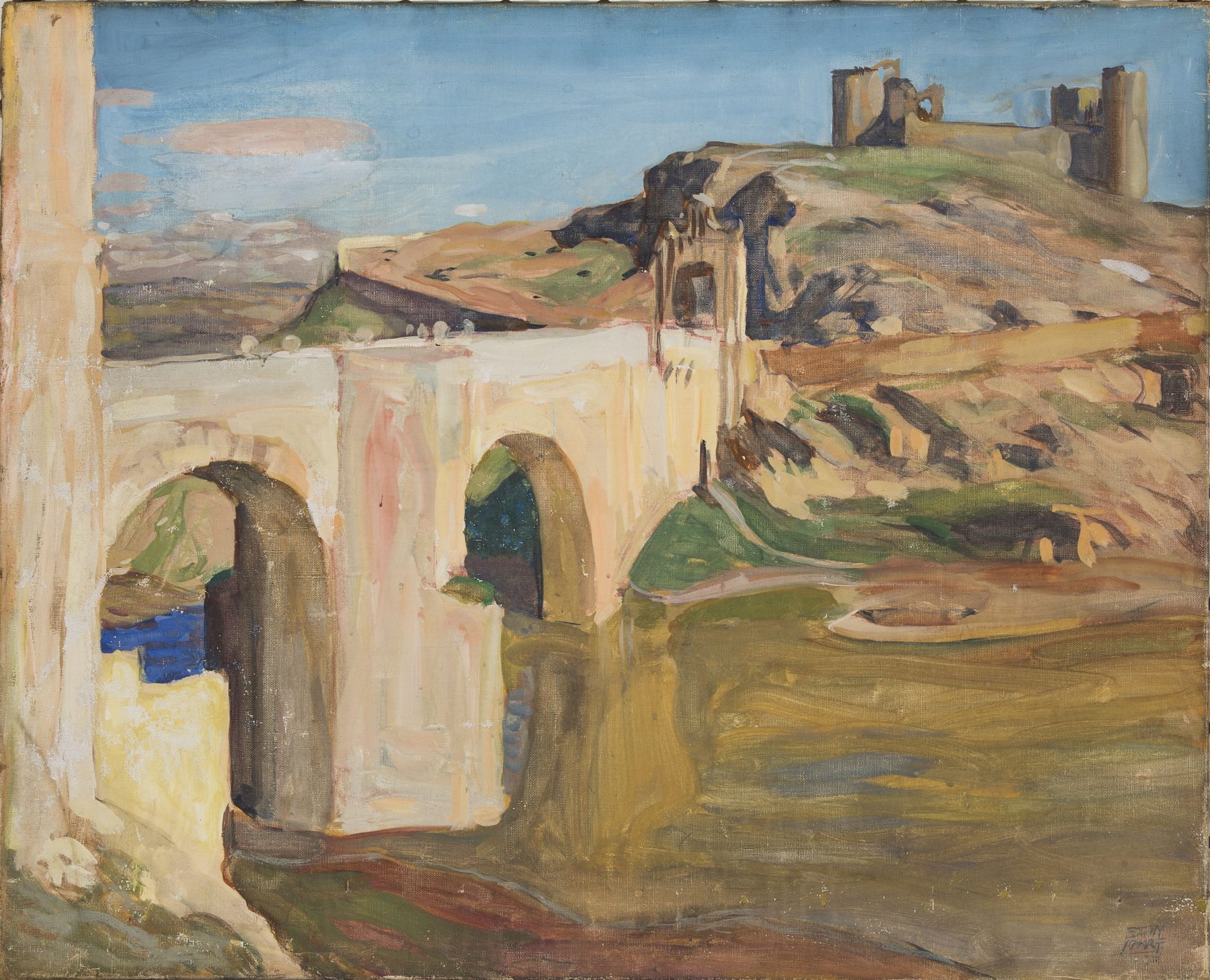
1909-1911
Edwin Scharff works as a free artist. With the etching series „Dreams“ he achieves his first success. He also devotes himself again to sculptural works. No works of this period have survived either. The Zimmermann Gallery organises his first solo exhibition. Edwin Scharff is a founding member of the artist group Sema, which aims at a mutual stimulation of the different arts.
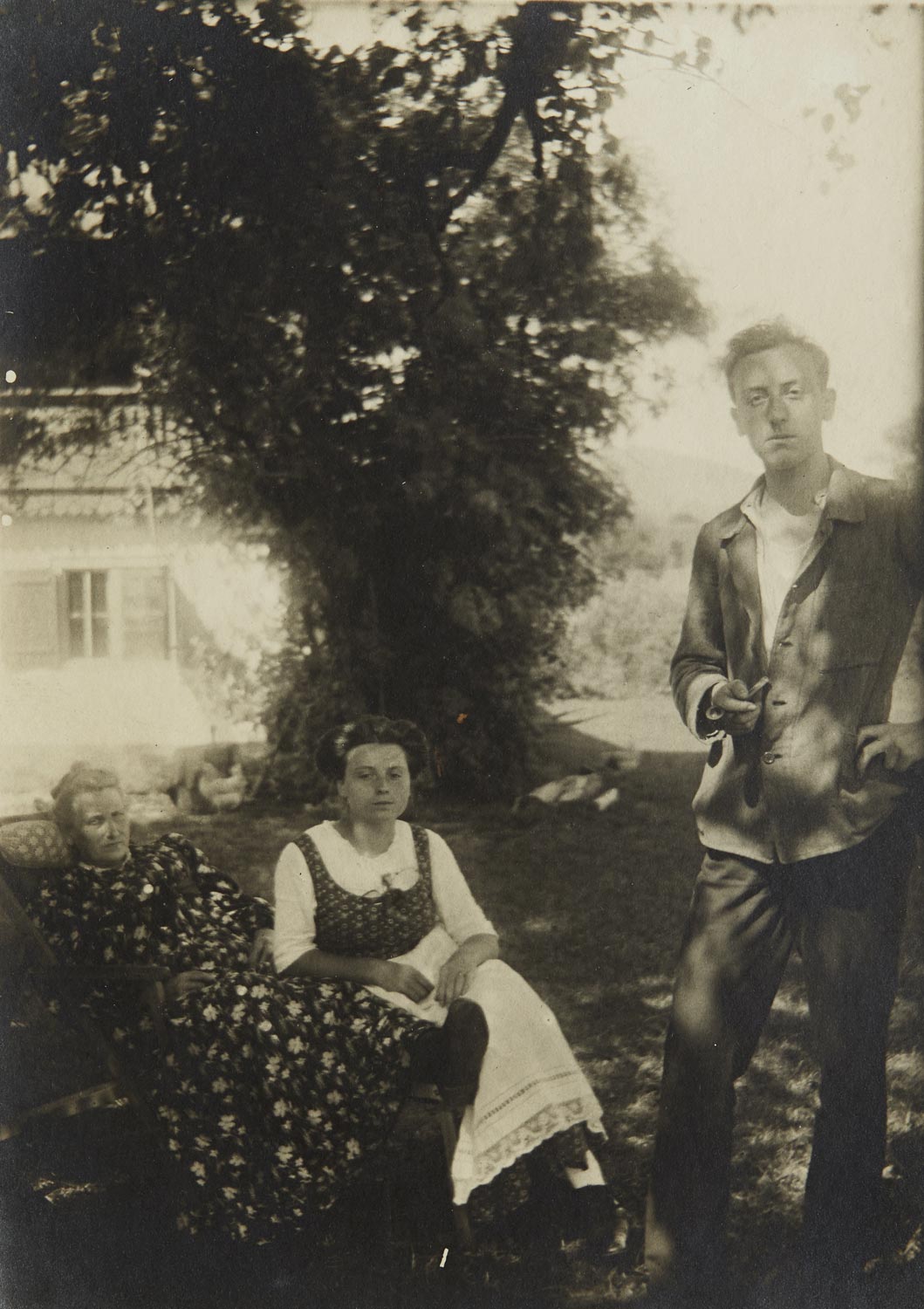
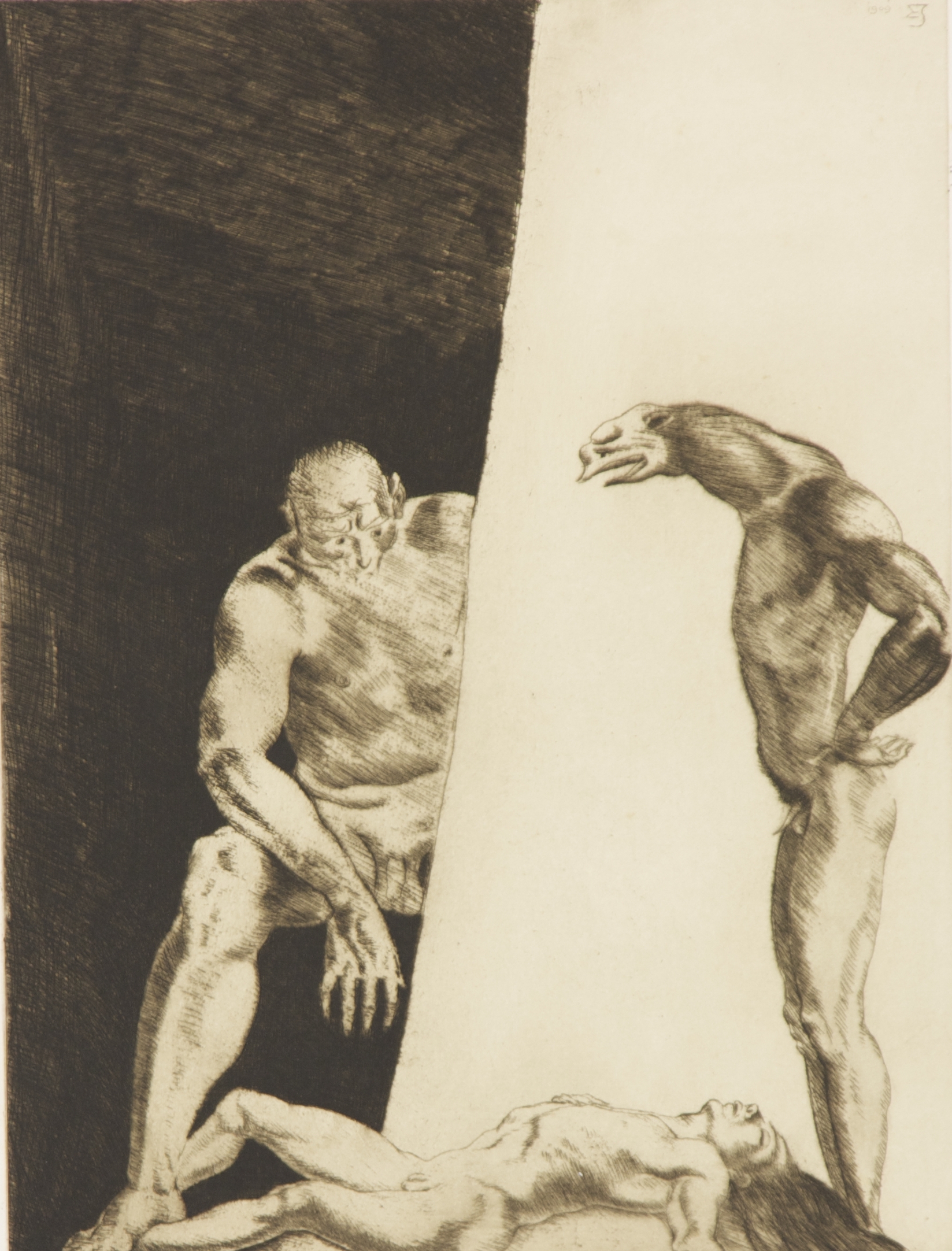
1912-1913
Scharff moves to Paris and makes friends with the Bulgarian painter Jules Pascin (1885-1930). Together they travel to Brittany. He finally turns to sculpture, and here he creates his first sculptural works in clay. Edwin Scharff takes part in the international exhibition of the Sonderbund in Cologne. Scharff returns to Munich in July. There the Galerie Caspari exhibits his Parisian works. He becomes a founding member of the Neue Münchner Secession.
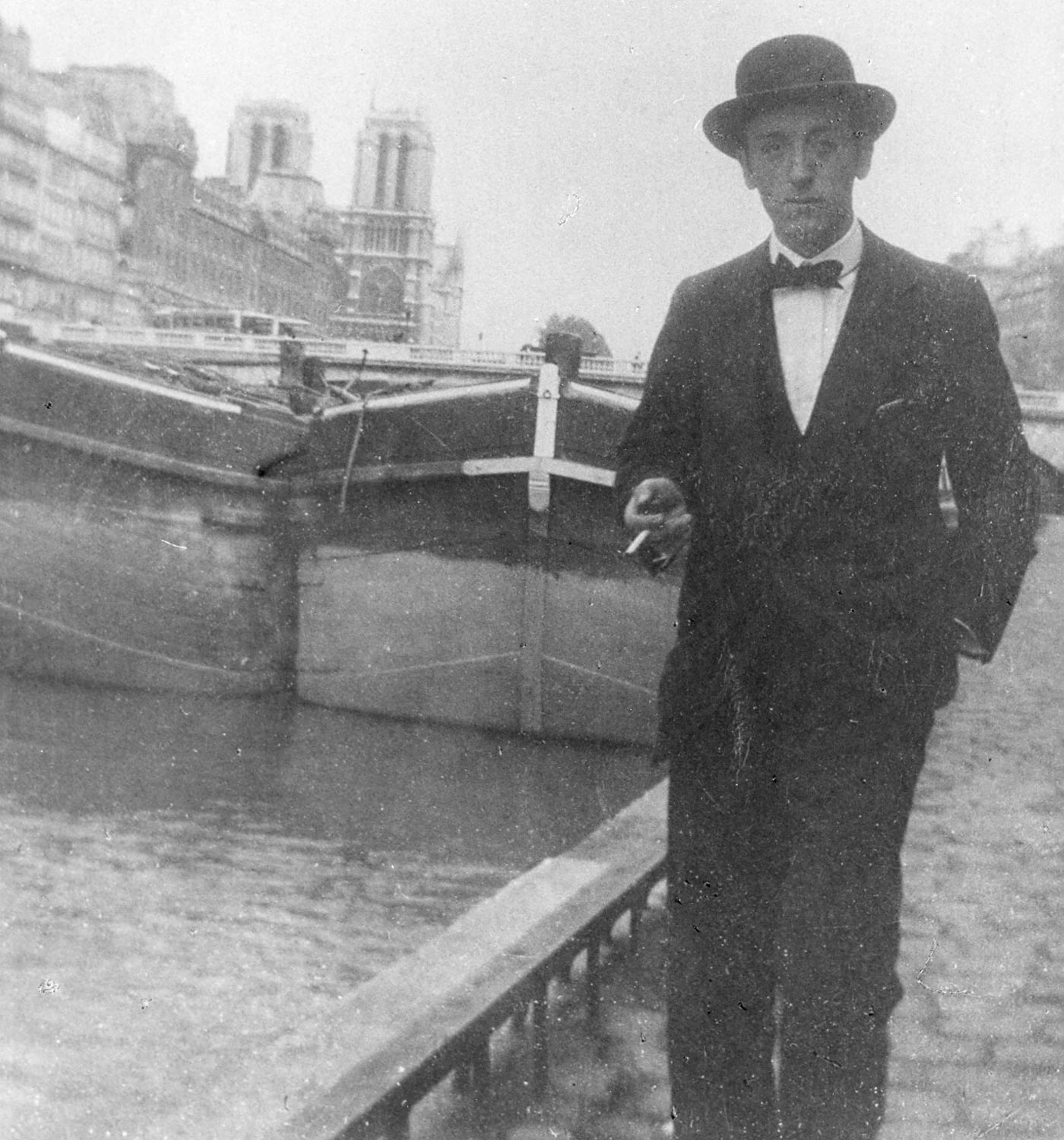
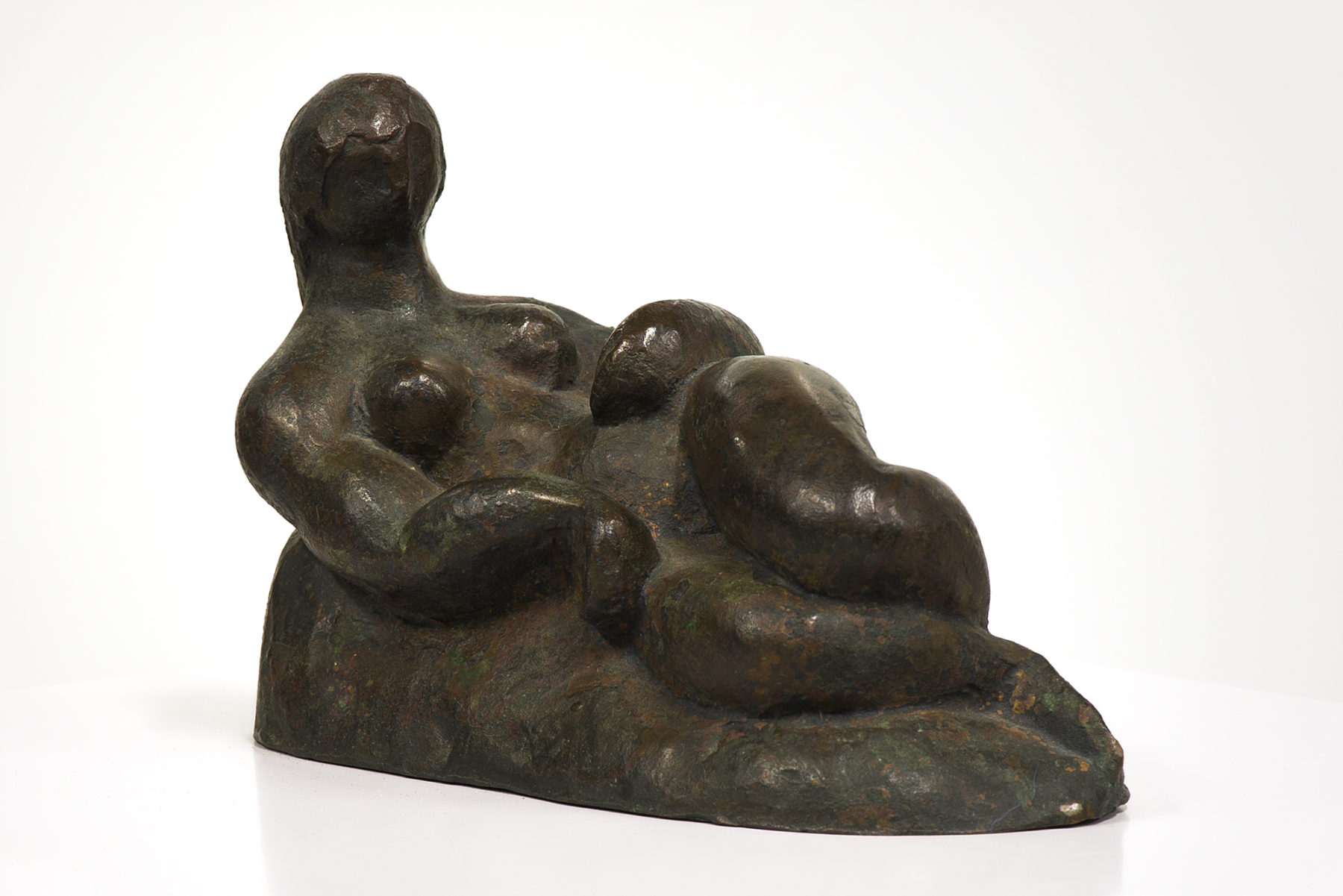
1914
In March, Scharff exhibits twelve paintings, eight drawings and eight etchings in a joint exhibition at the “Neue Galerie” in Berlin. He is considering moving permanently to Berlin. But then the First World War breaks out.
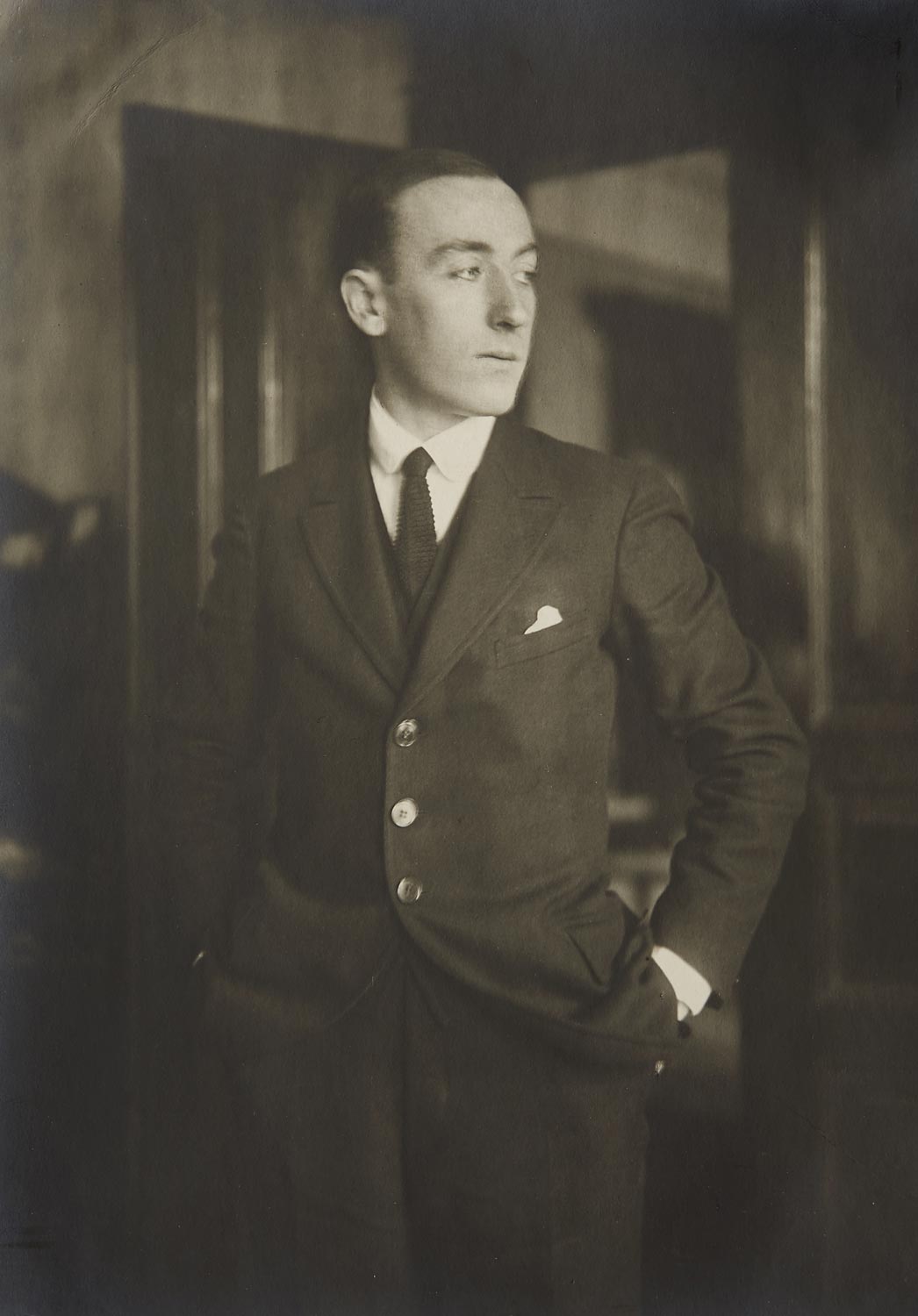
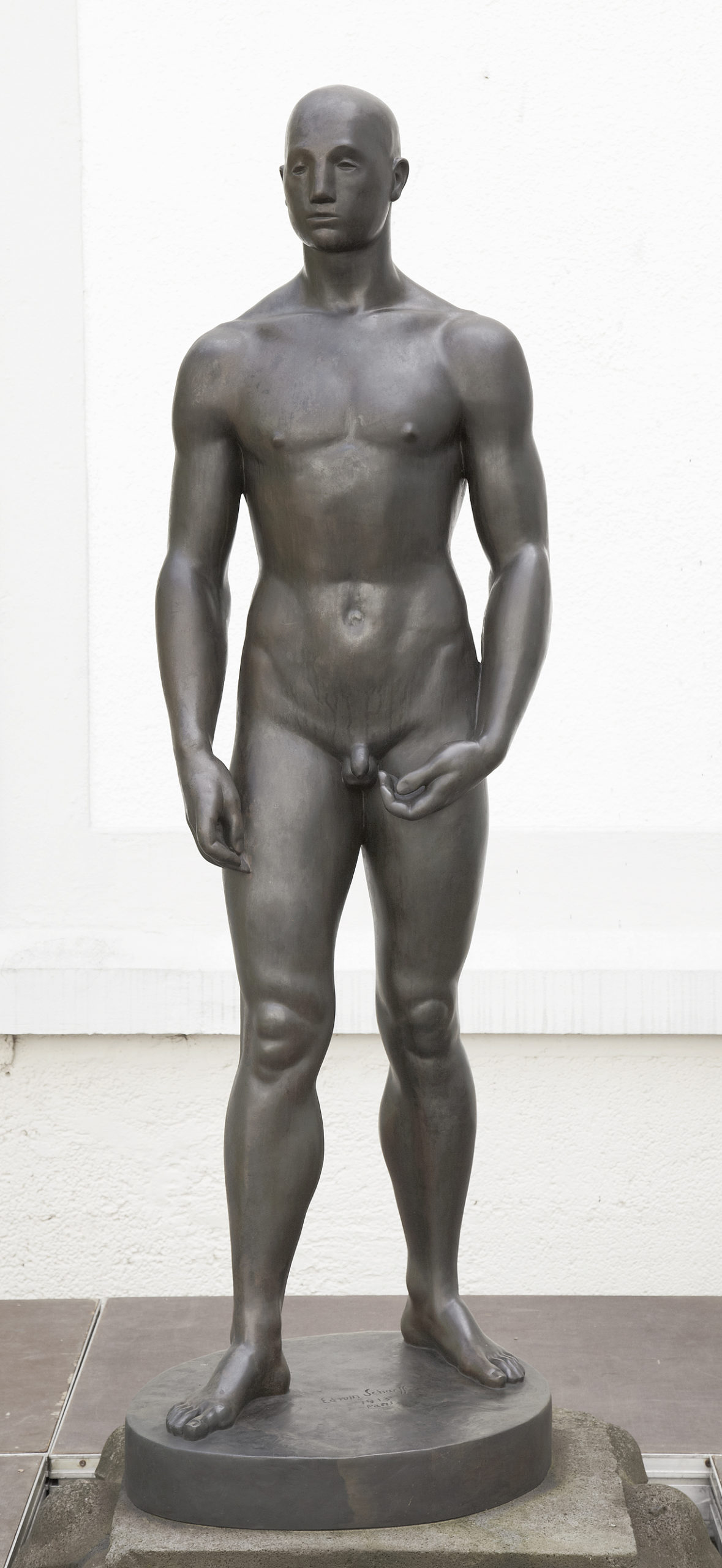
1915-1917
Edwin Scharff is called up for military service. He has war missions in the Vosges Mountains and Romania. He records his experiences in numerous sketches. In November he suffers a serious injury. Until October he is treated in a military hospital, which enables him to gradually resume his artistic activities. He produces his first paintings and portrait sculptures with distinctly cubist features.
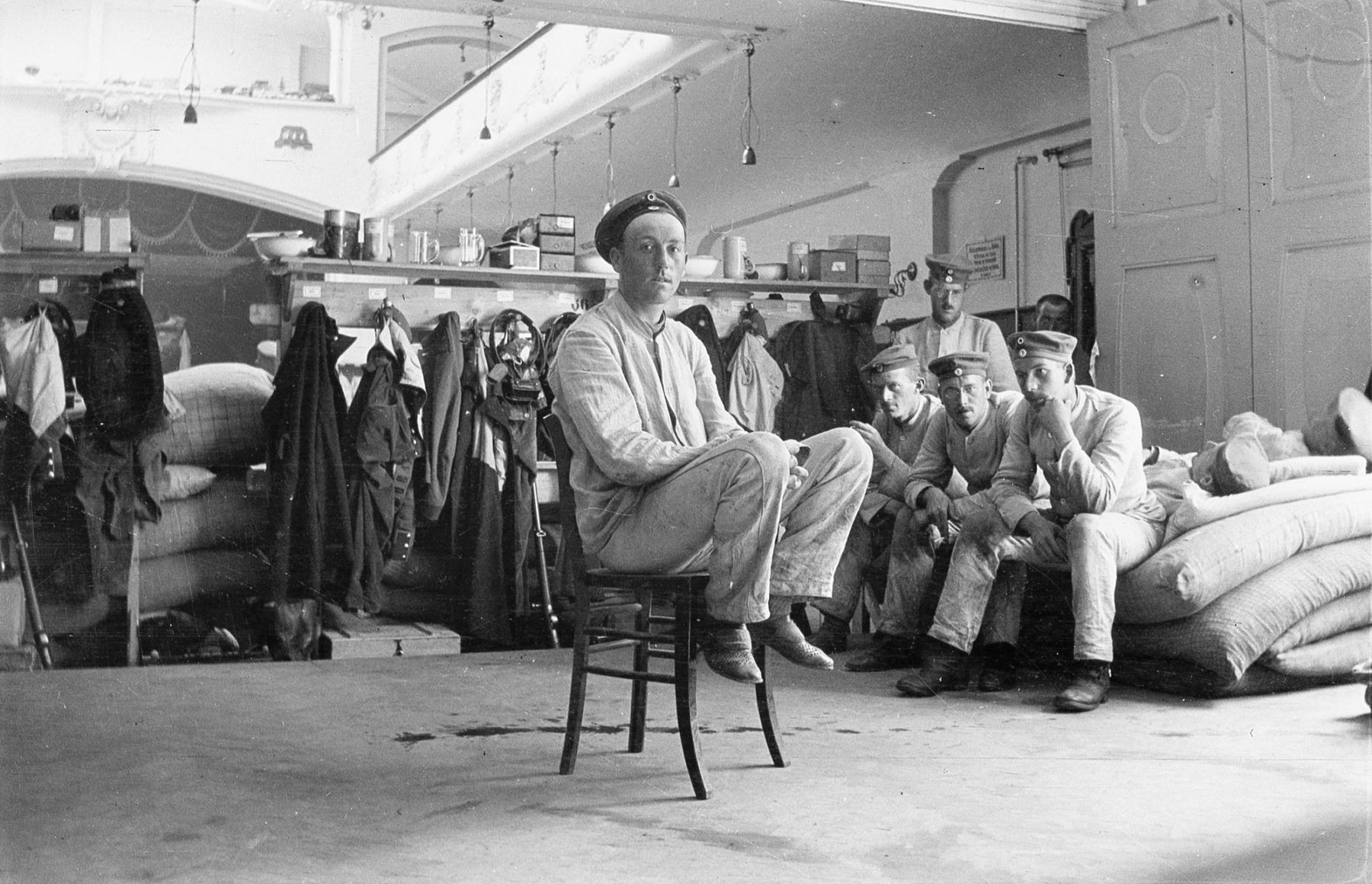
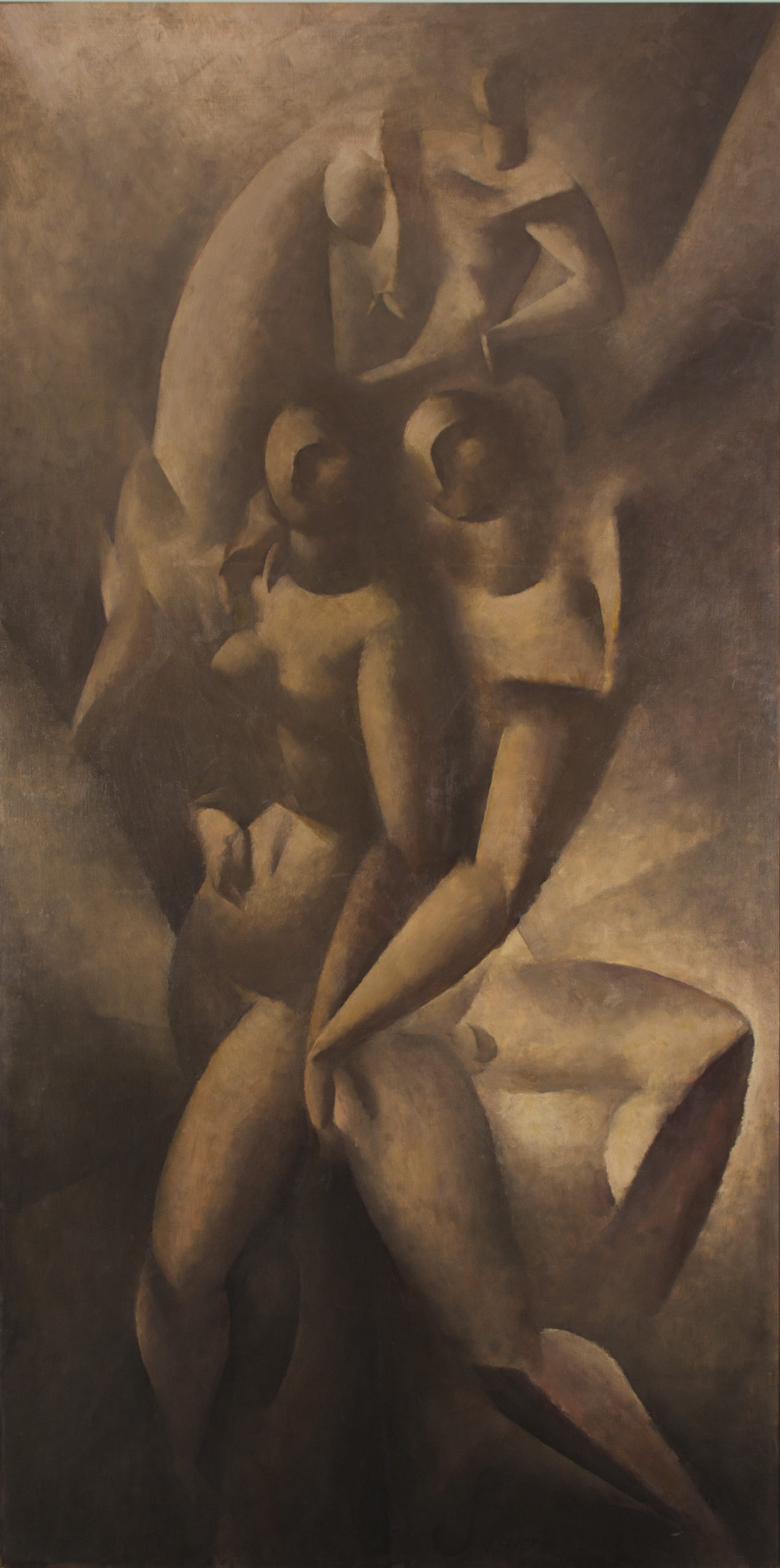
1919
Back in Munich, he became involved in the Artists’ Council during the Munich Council Republic. Edwin Scharff marries the actress Helene Ritscher (1888-1964). He becomes a founding member of the graphic arts association “Die Mappe” and Scharff receives more and more portrait commissions; his works are purchased by museums. A solo exhibition in the Caspari Gallery shows exclusively sculptural works.
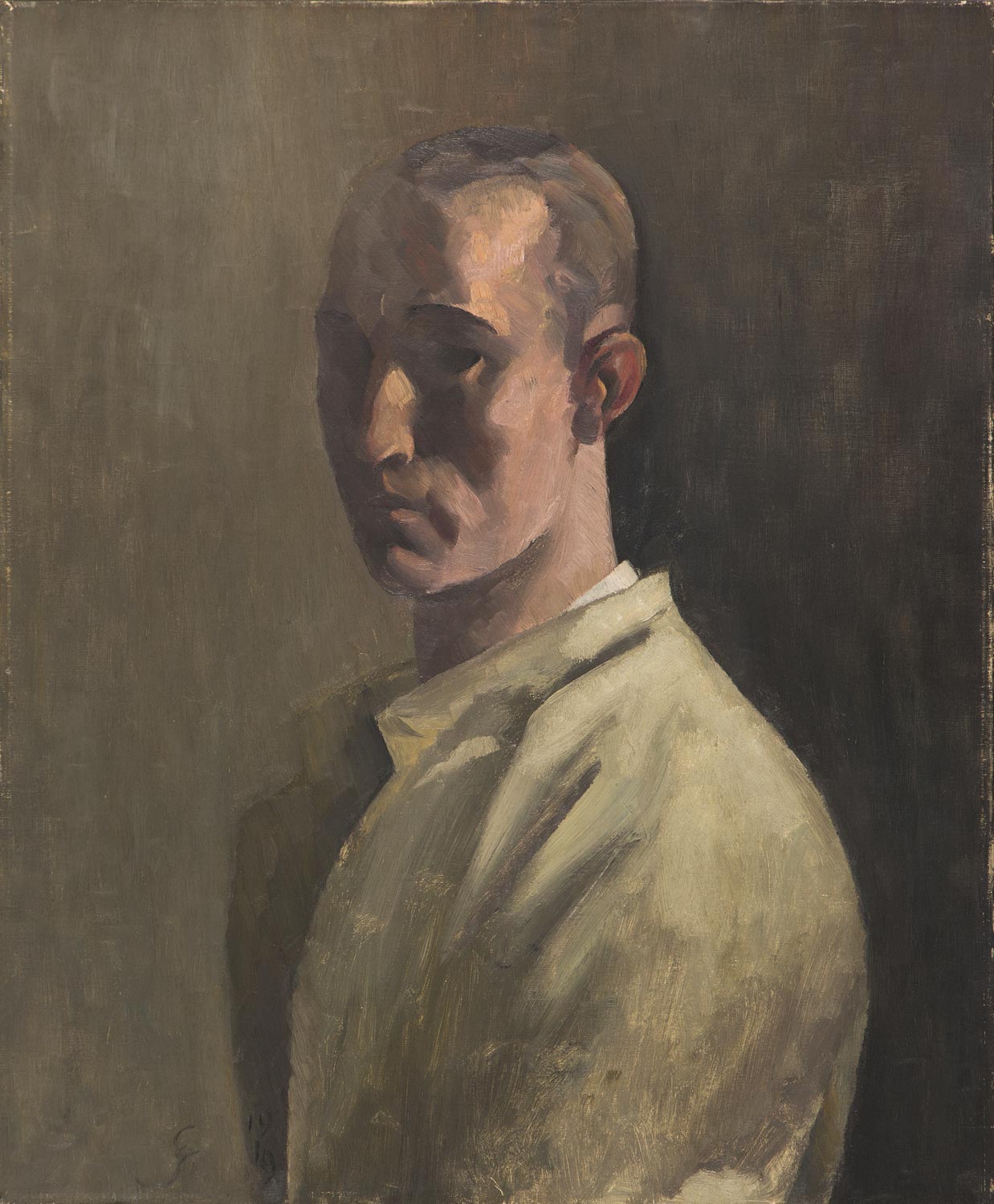
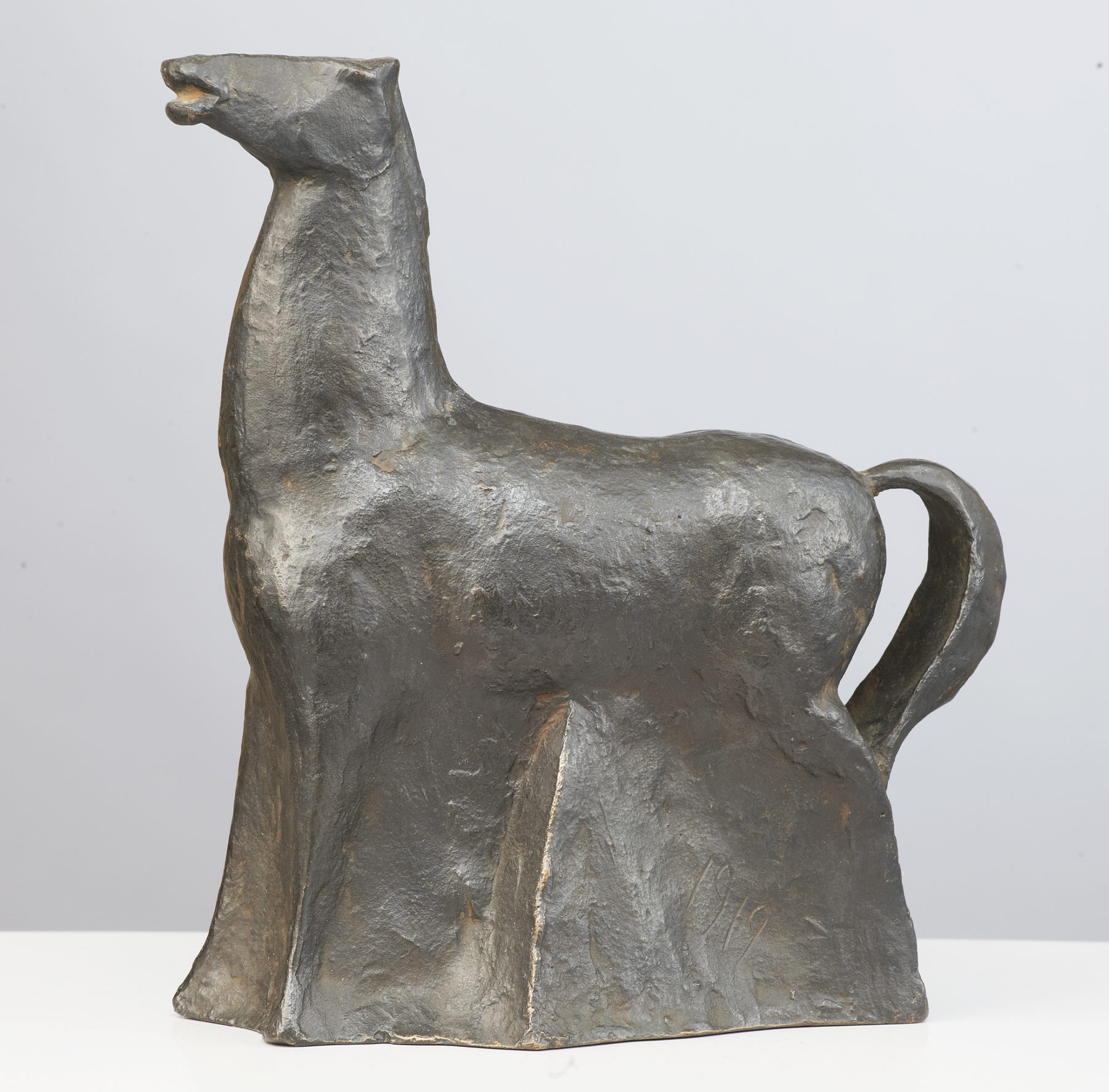
1920
A first monograph by Kurt Pfister on Edwin Scharff is published in the series “Junge Kunst” by the publishing house Klinckhartd & Biermann in Leipzig.
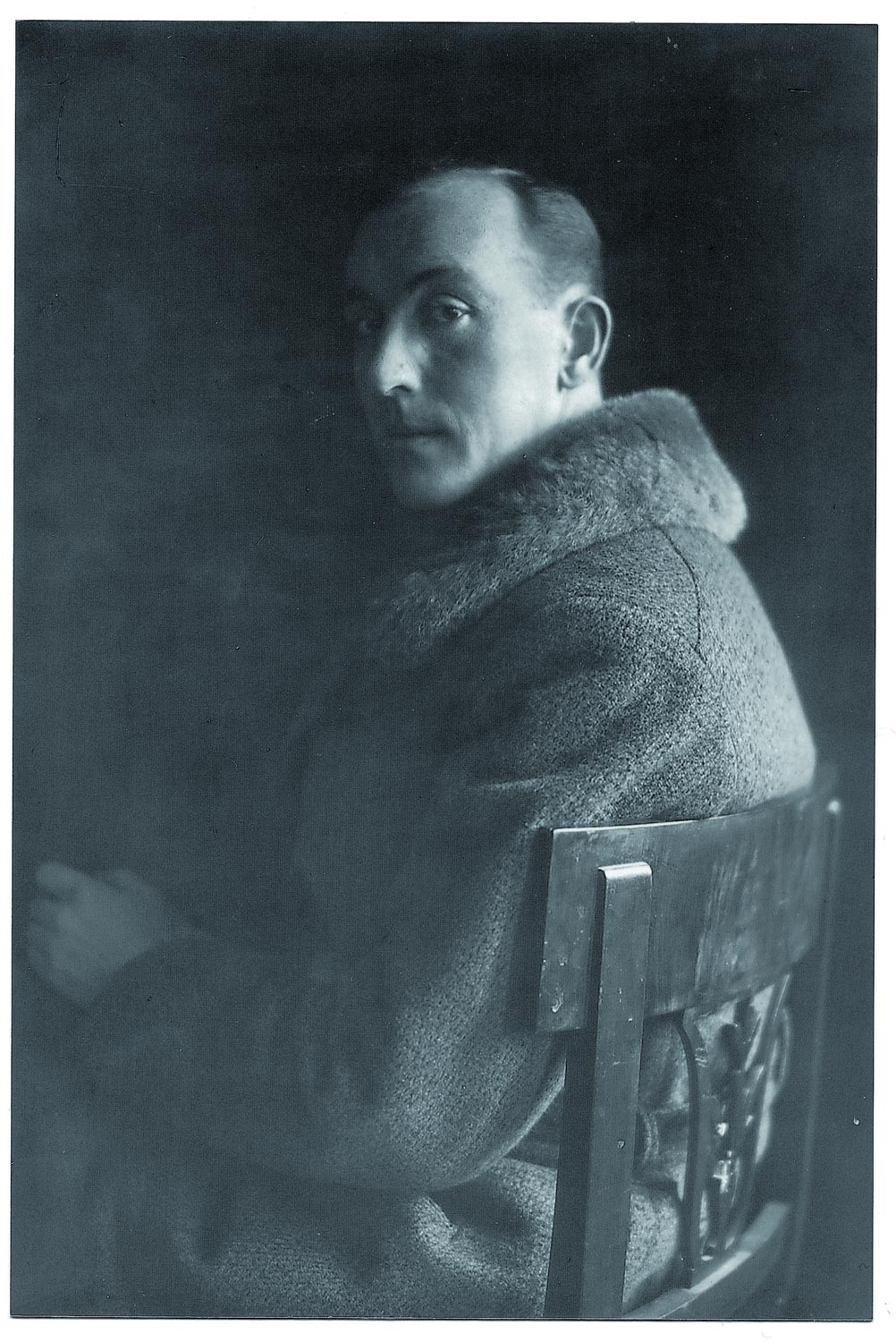
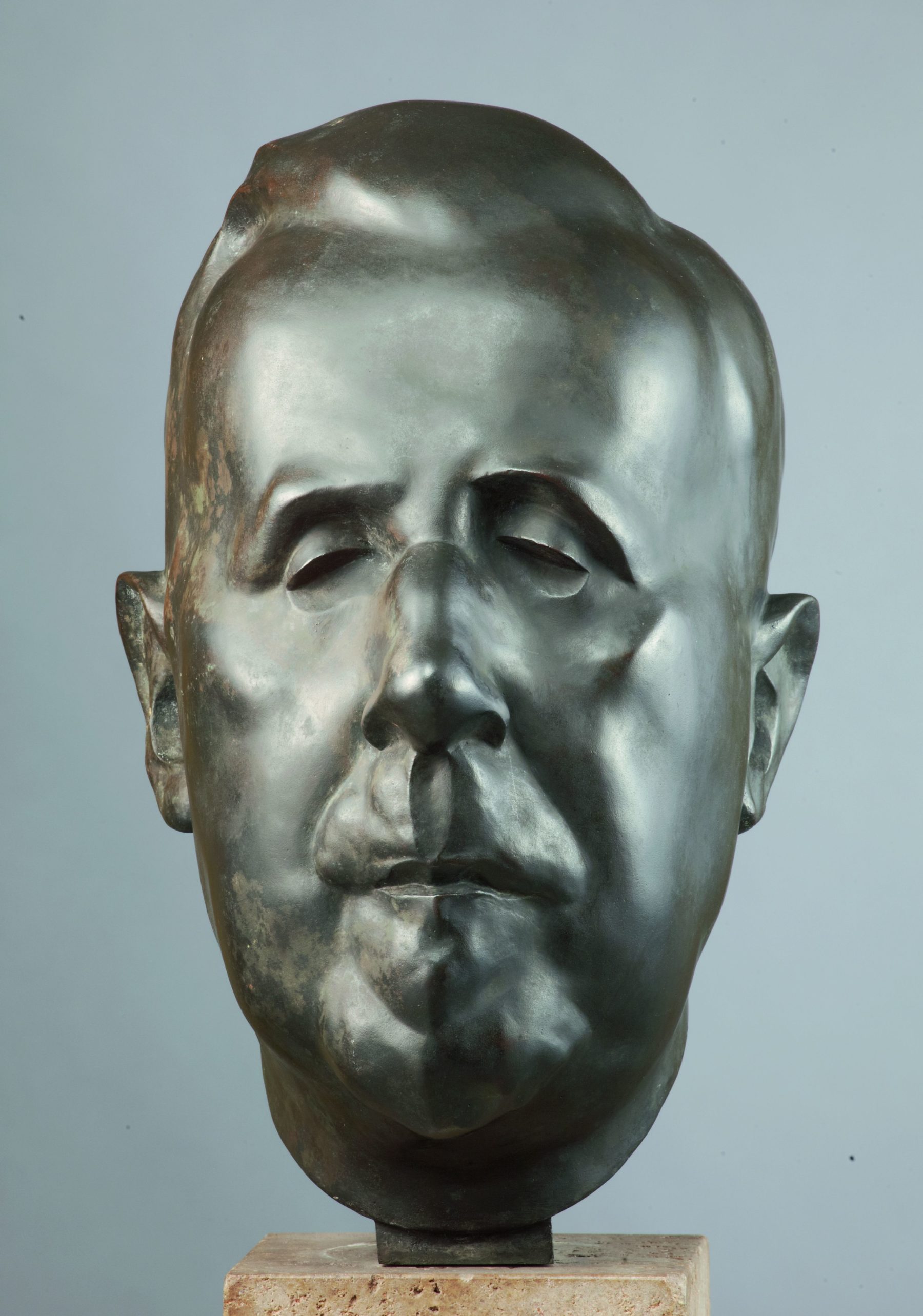
1922
In this year the son Peter is born. A few years later the couple also have a daughter named Tetta. In September, Scharff is called upon by the director of the Berlin Museum of Decorative Arts, Bruno Paul, to take over the studio class for decorative sculpture.
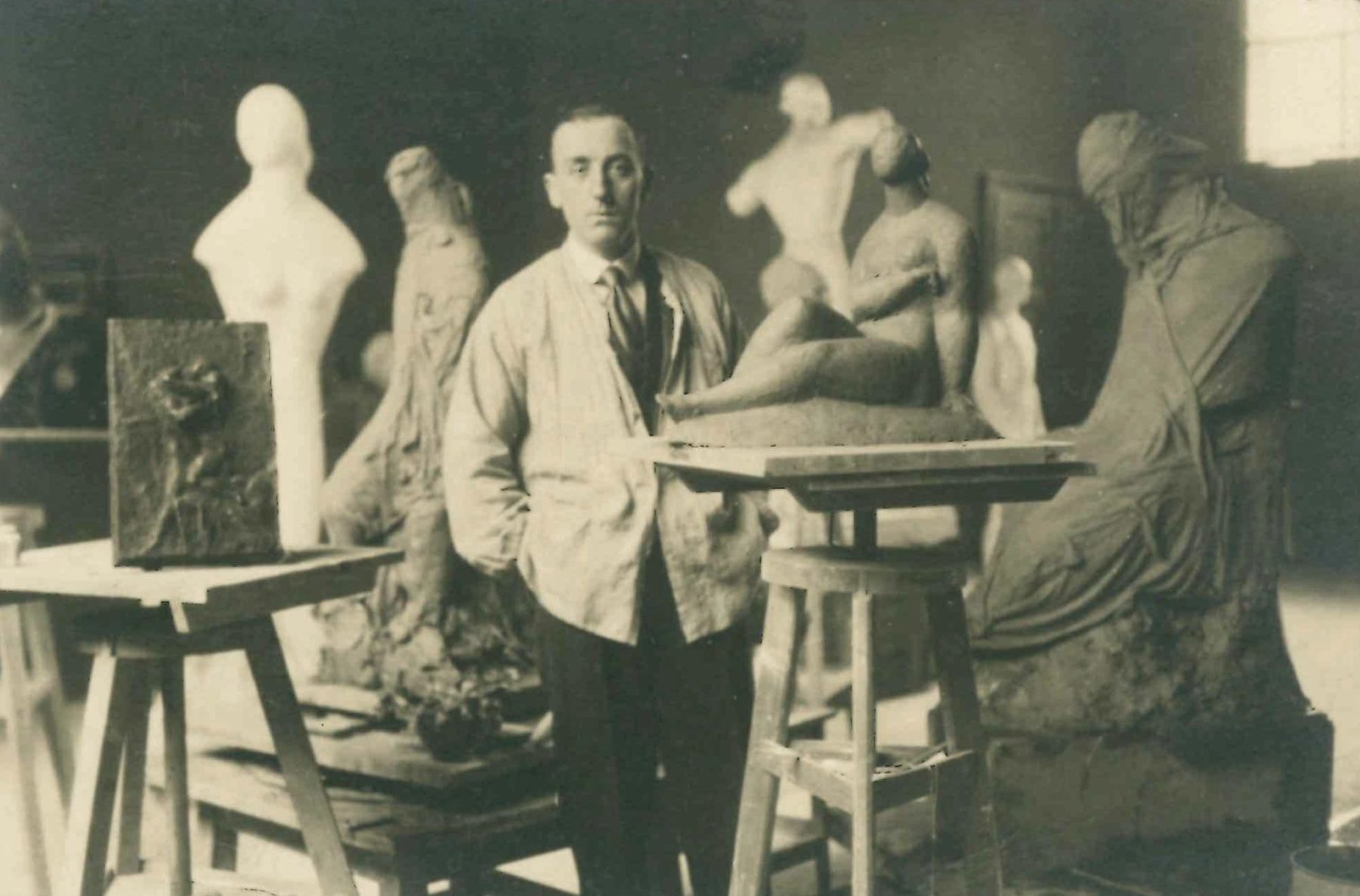
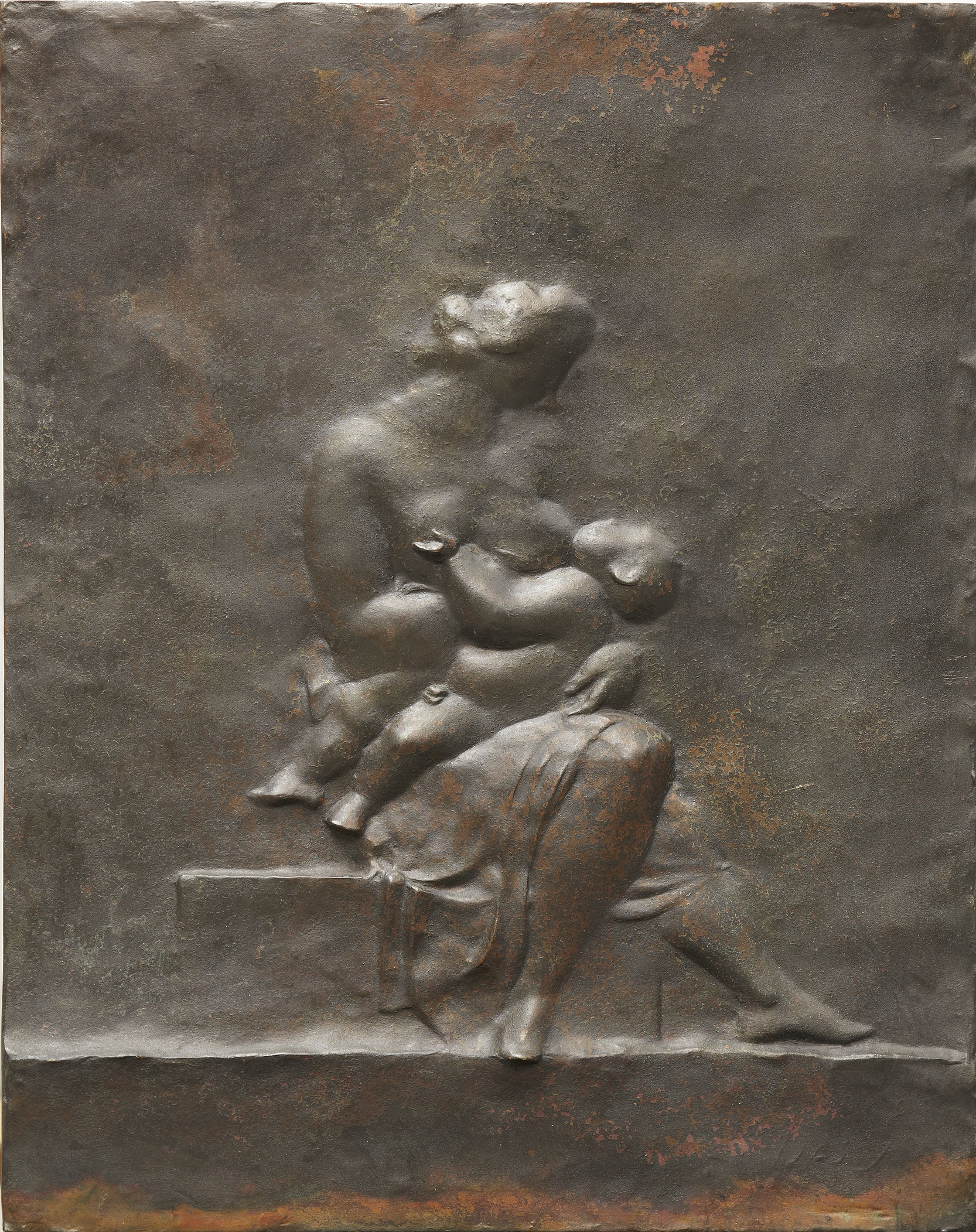
1923
Edwin Scharff moves to Berlin and takes over the class for decorative sculpture at the „Unterrichtsanstalt des Kunstgewerbemuseums“. In 1924 it merges with the Academy of Fine Arts and is now called the „Vereinigte Staatsschulen für freie und angewandte Kunst“. A solo exhibition at the Kronprinzenpalais shows Edwin Scharff’s works.
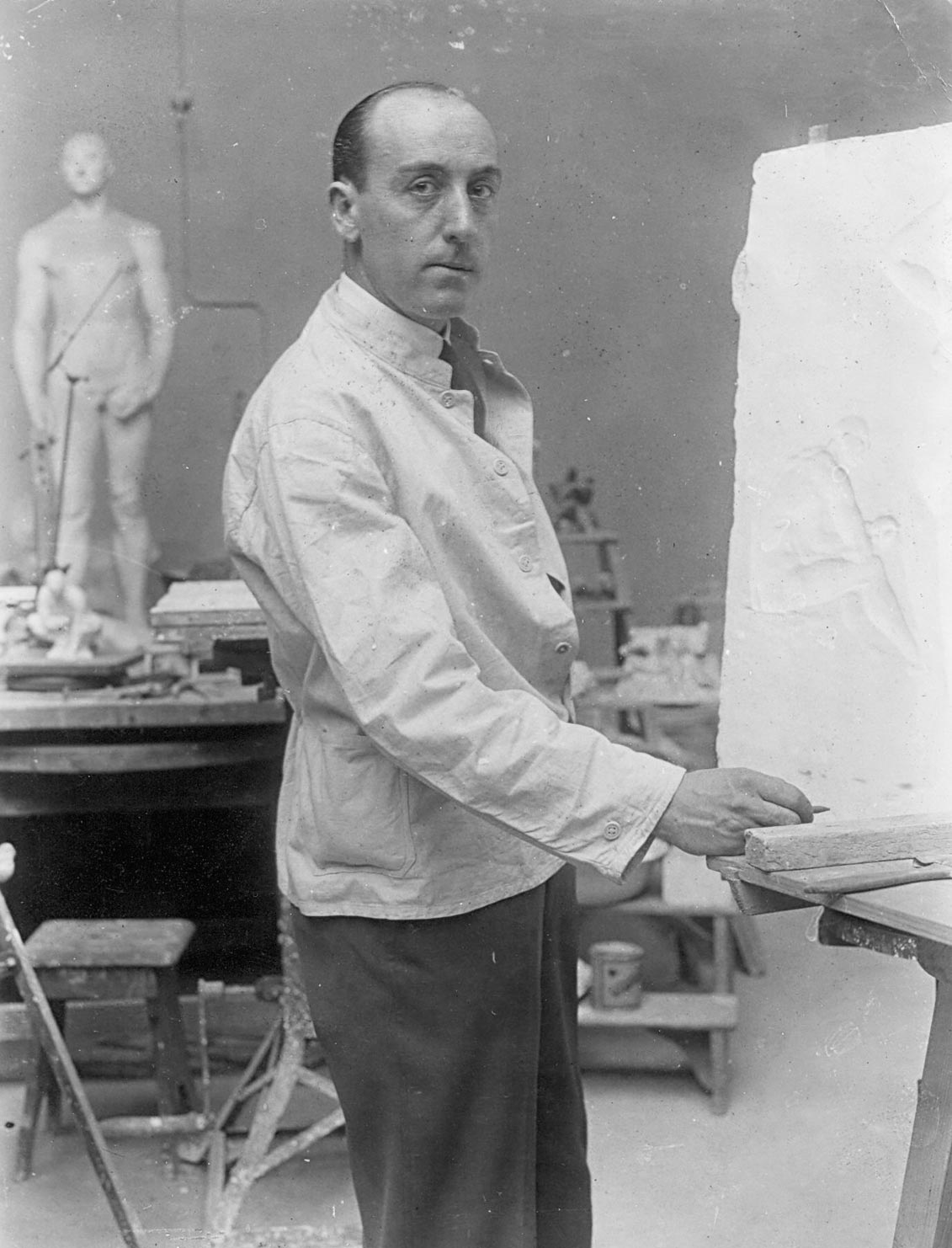
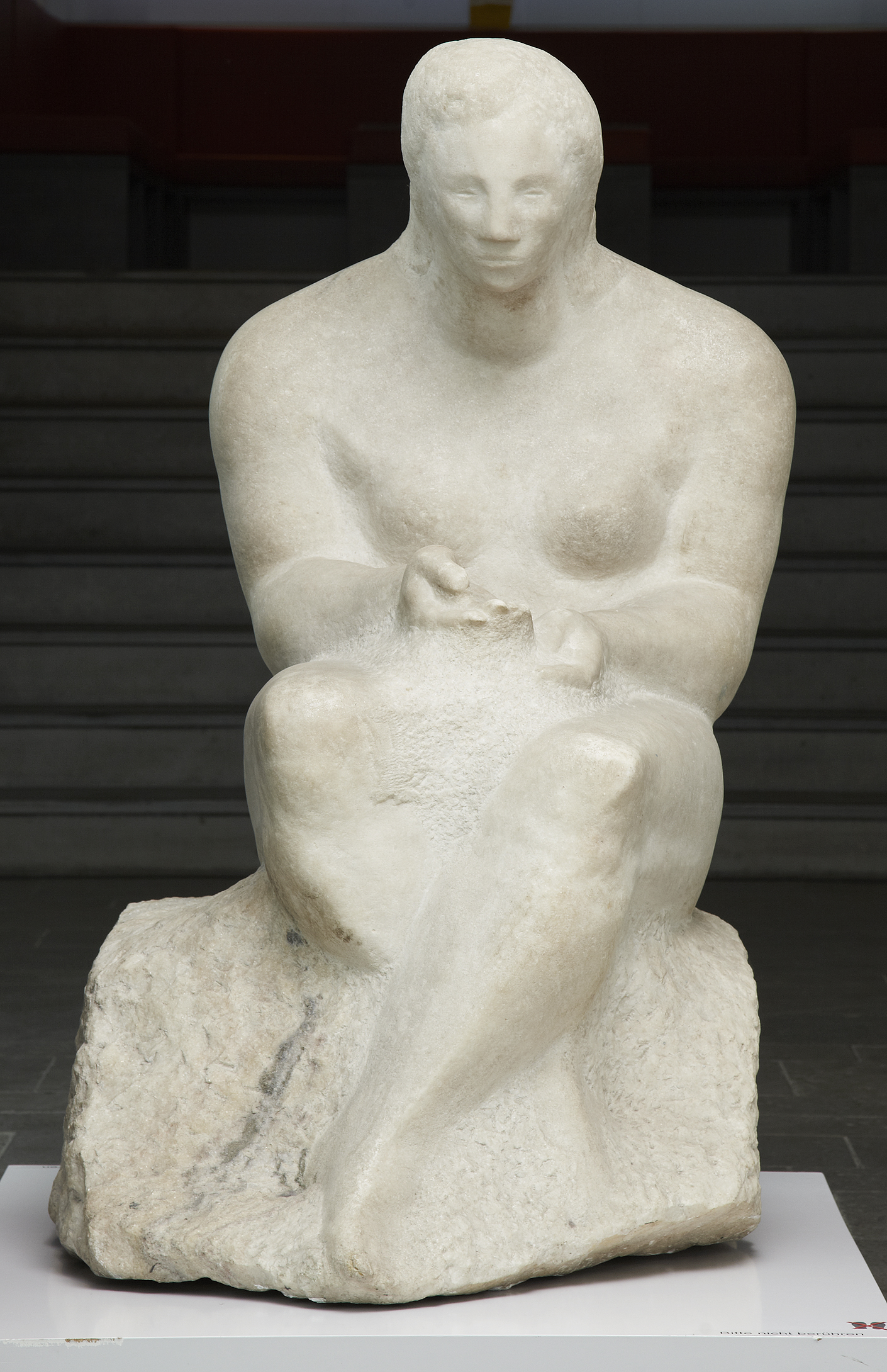
1926
Scharff takes part in the competition for a Beethoven monument in Berlin, but it is not realized. He works on a marble bust of Reich President Paul von Hindenburg for the Reichstag building in Berlin. A bronze version is also created. At the same time he designs many small sculptures for the Berlin State Porcelain Manufactory. In 1926 he buys a farmhouse in Kampen on Sylt.
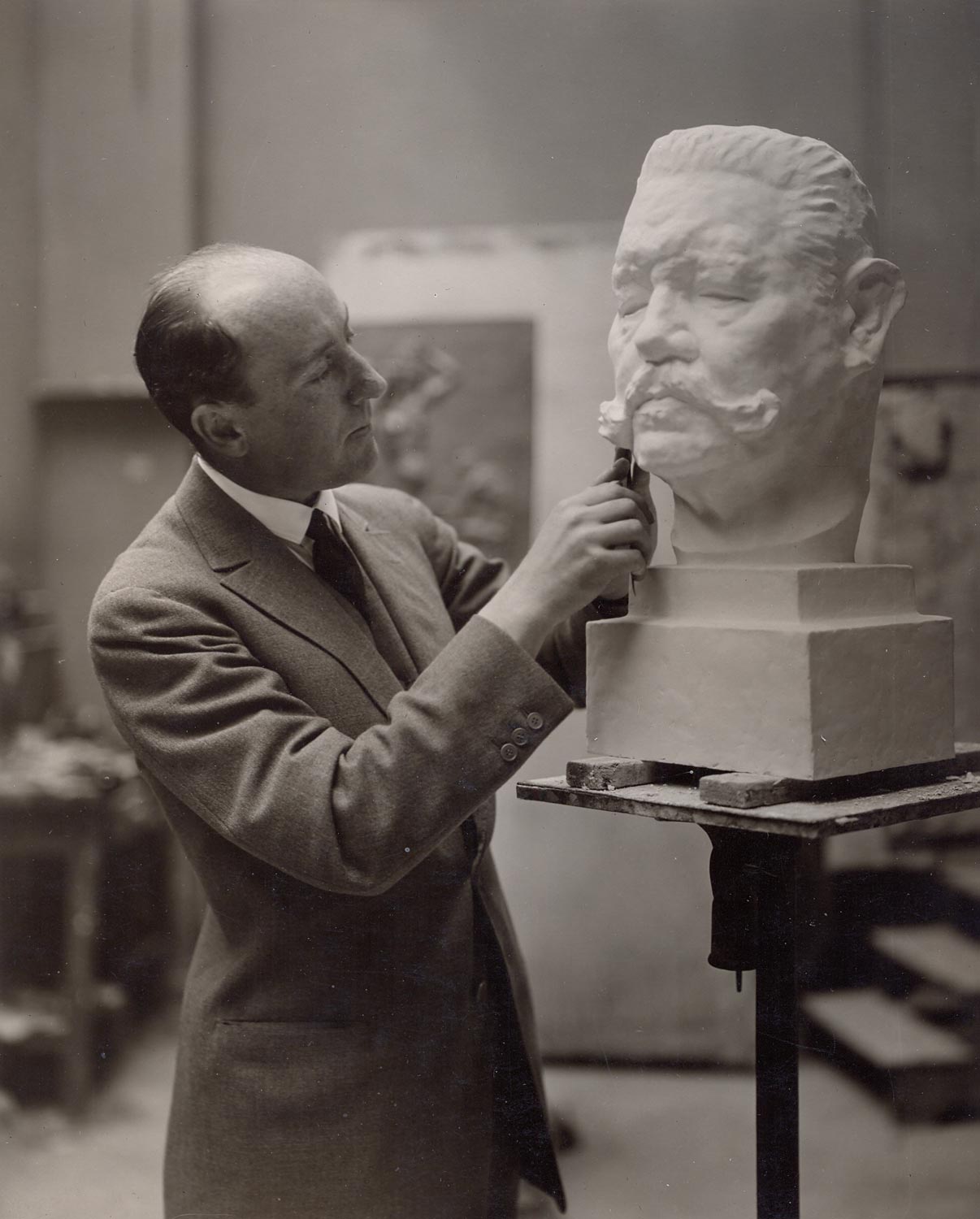
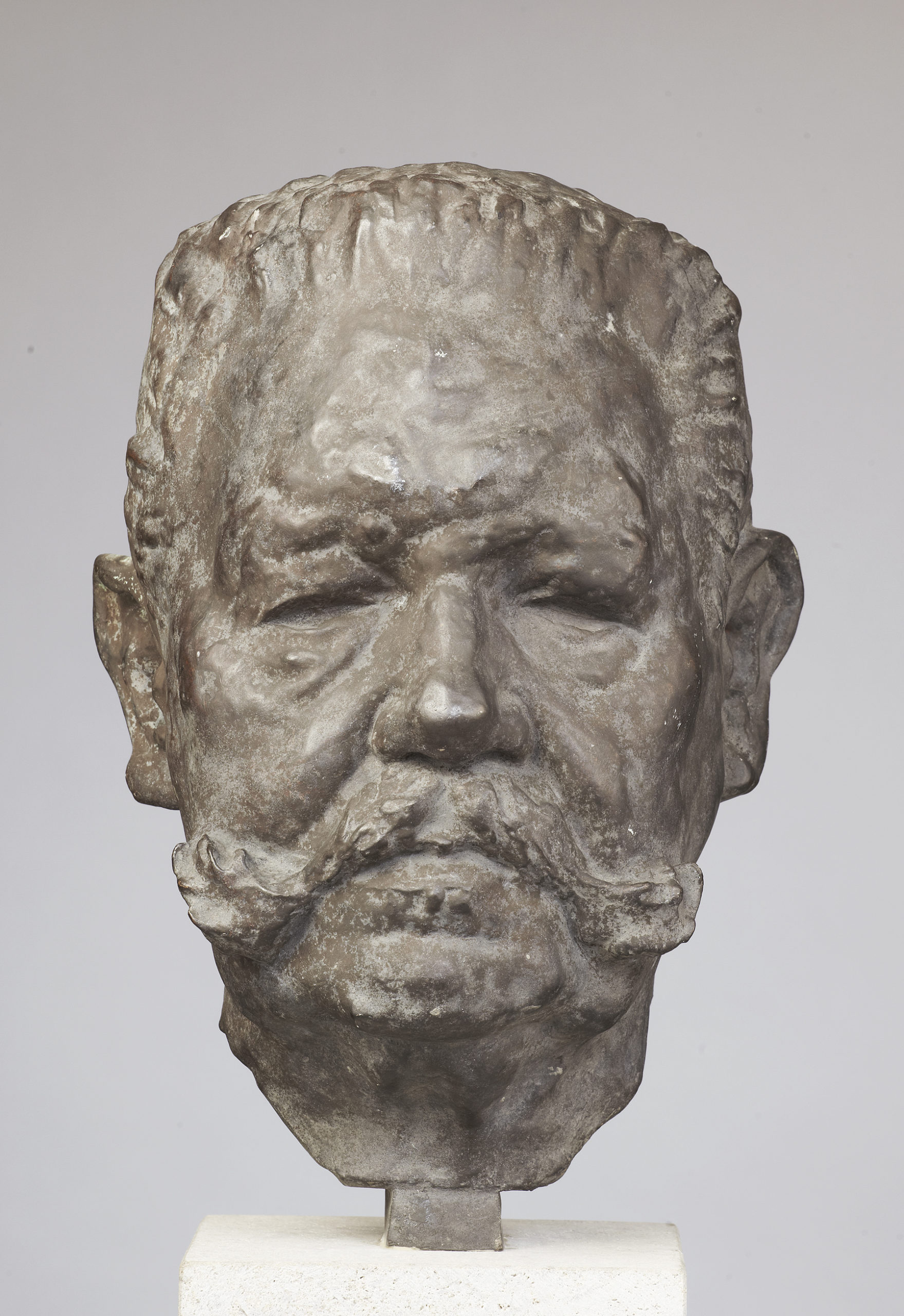
1927
Edwin Scharff is elected 2nd Chairman of the Deutscher Künstlerbund and Deputy Chairman of the Villa Romana Verein.
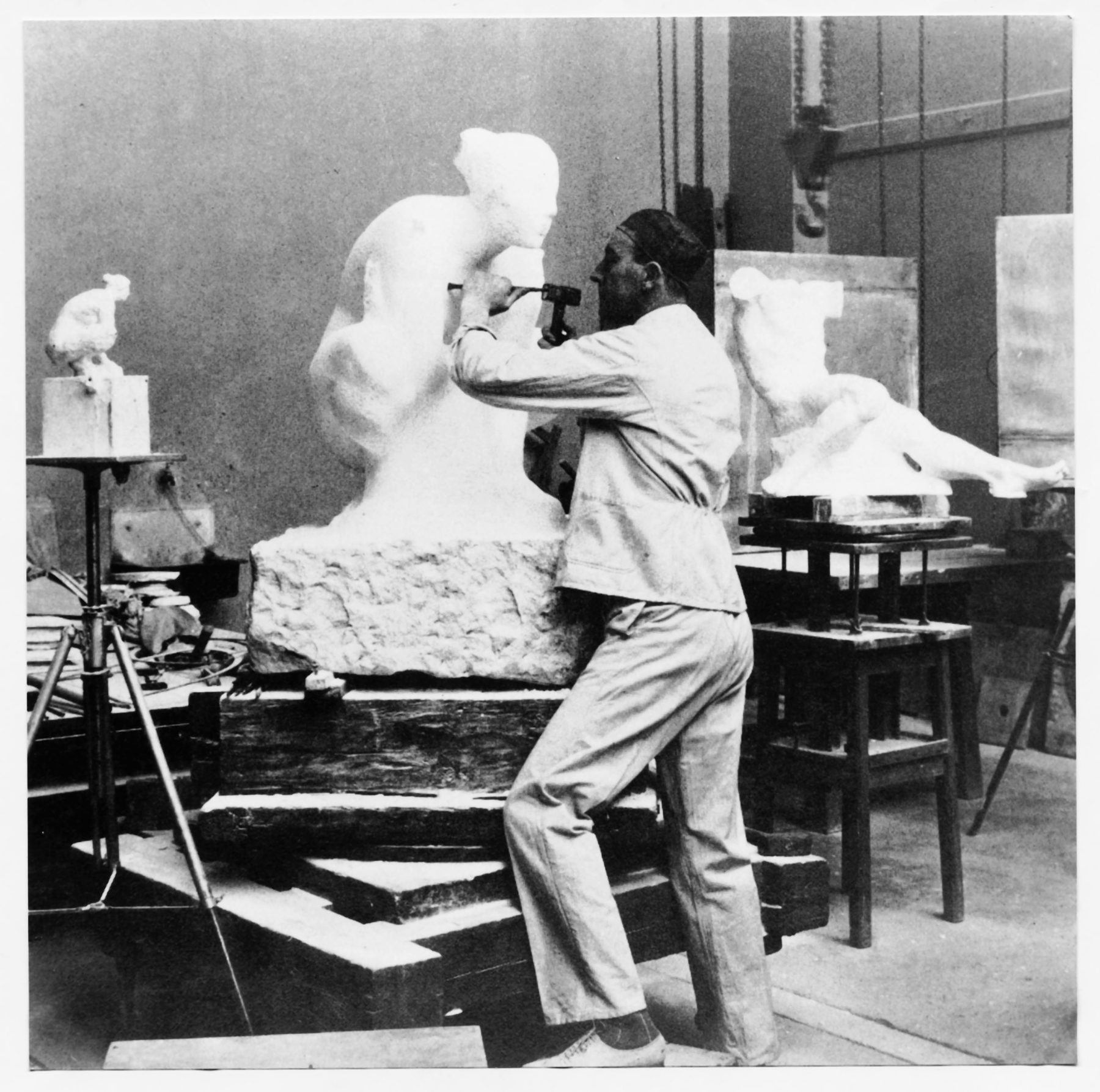
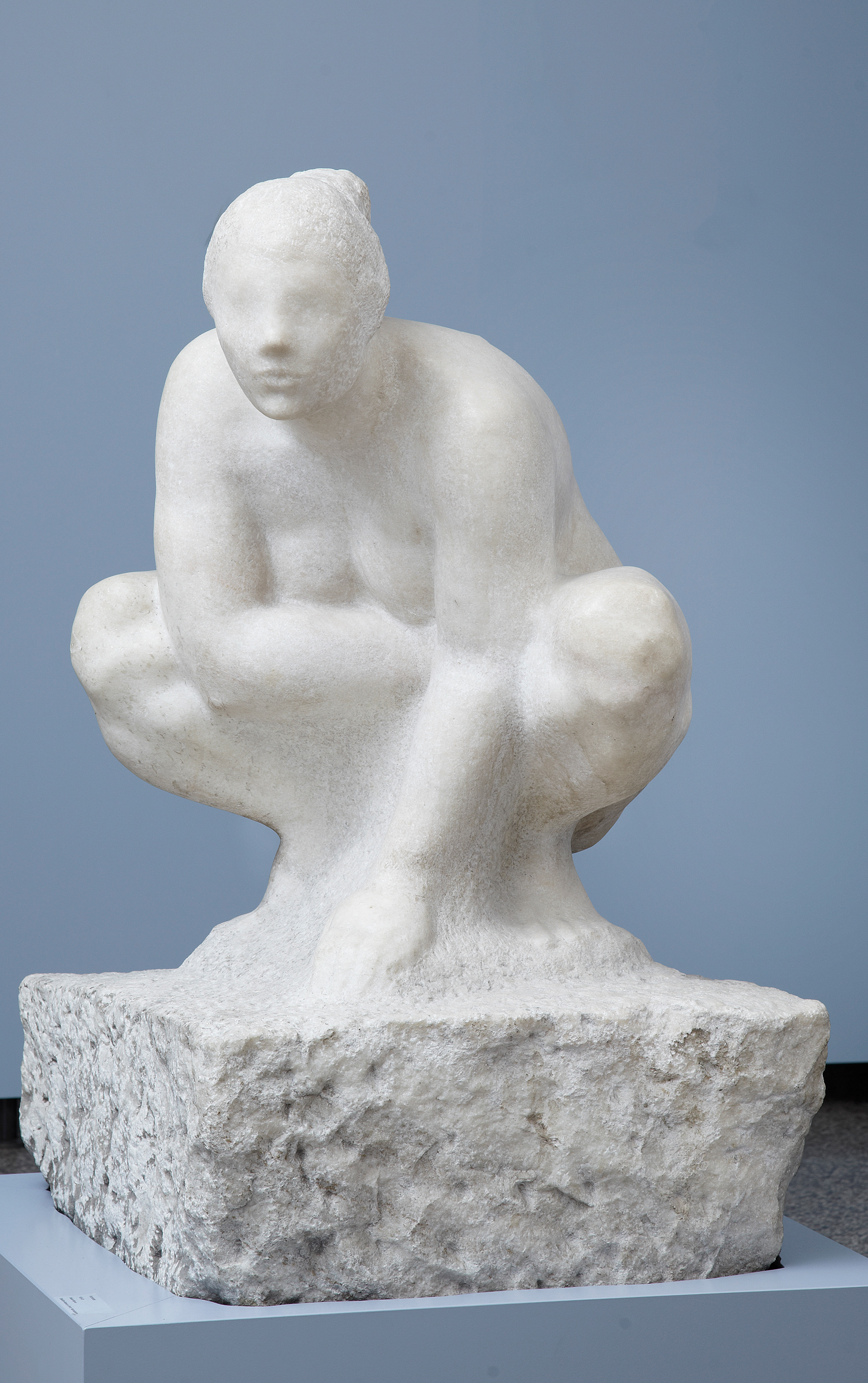
1929
Scharff becomes a member of the board of the Deutscher Künstlerbund, whose signet „Männer im Boot“ (“men in a boat”) he designs.
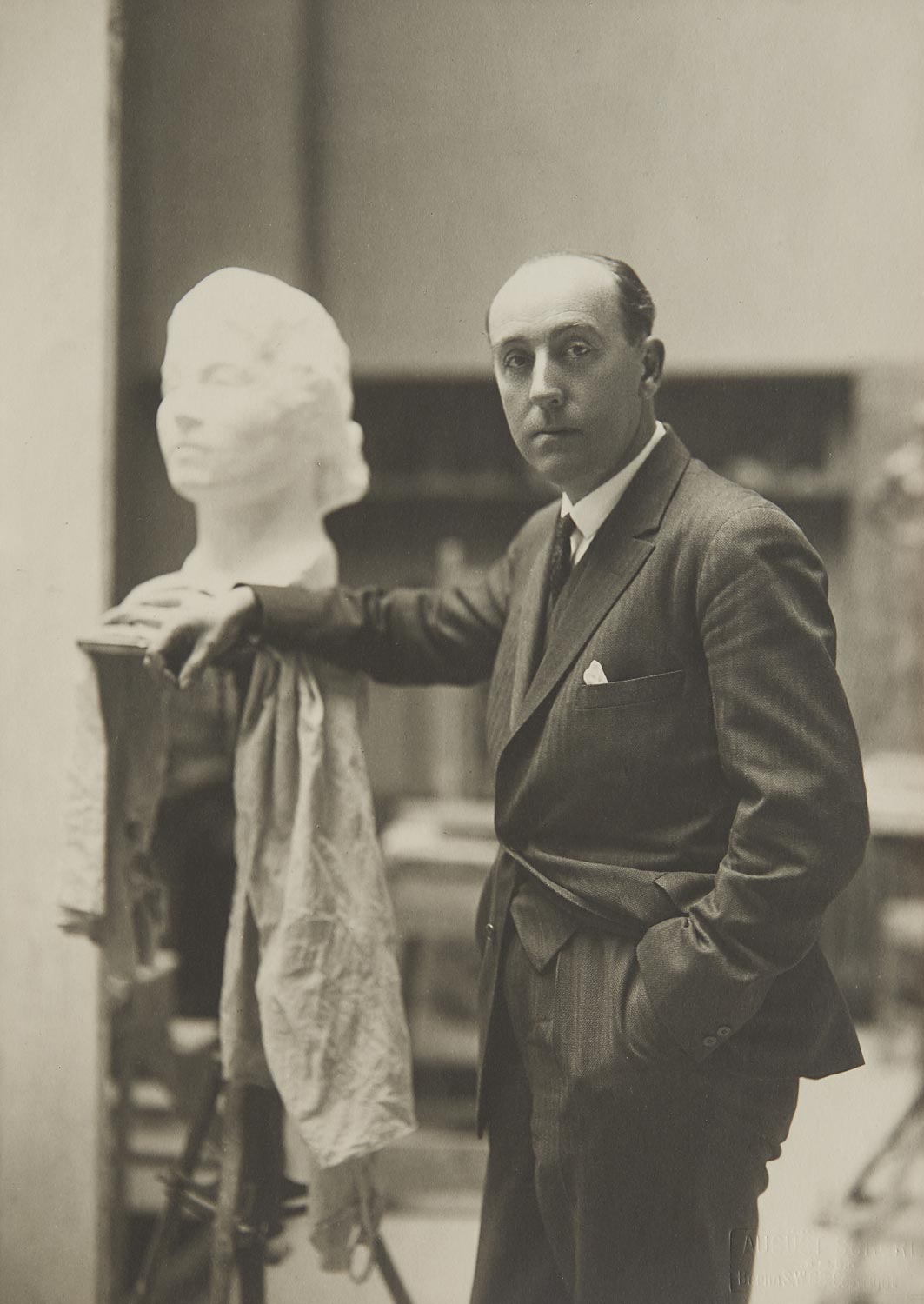
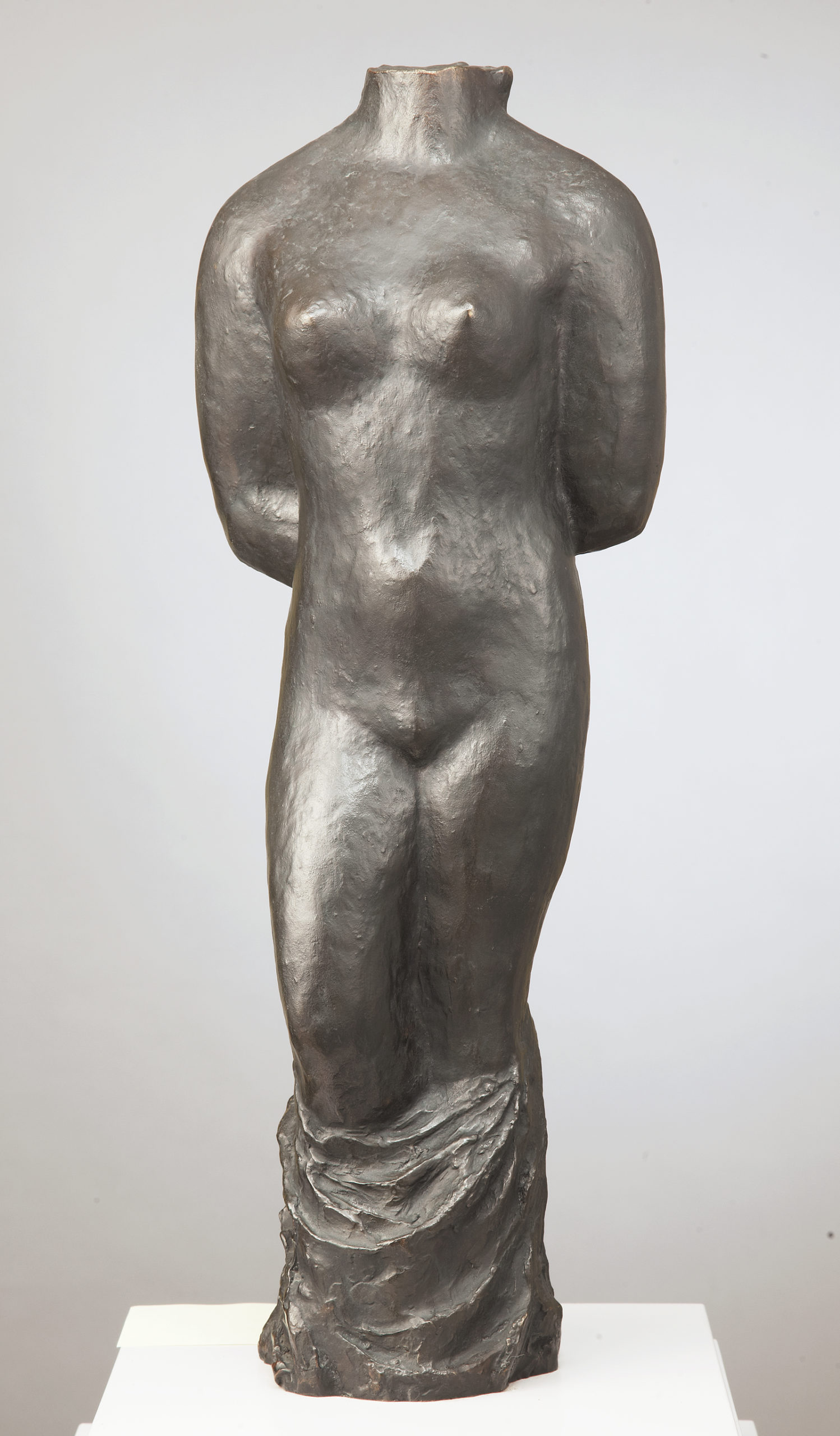
1931-1932
Together with Karl Schmidt-Rottluff (1884-1976), Emil Nolde (1867-1956), Ernst Ludwig Kirchner (1880-1938), Otto Dix (1891-1969), Ludwig Mies van der Rohe (1886-1969) and others, he is admitted to the Prussian Academy of Arts in Berlin. Edwin Scharff comes into the focus of the National Socialists, who launches a smear campaign. Scharff is elected chairman of the Villa Romana Verein (until 1934). Scharff’s memorial for the fallen of the First World War is inaugurated on the Danube Island in Neu-Ulm.
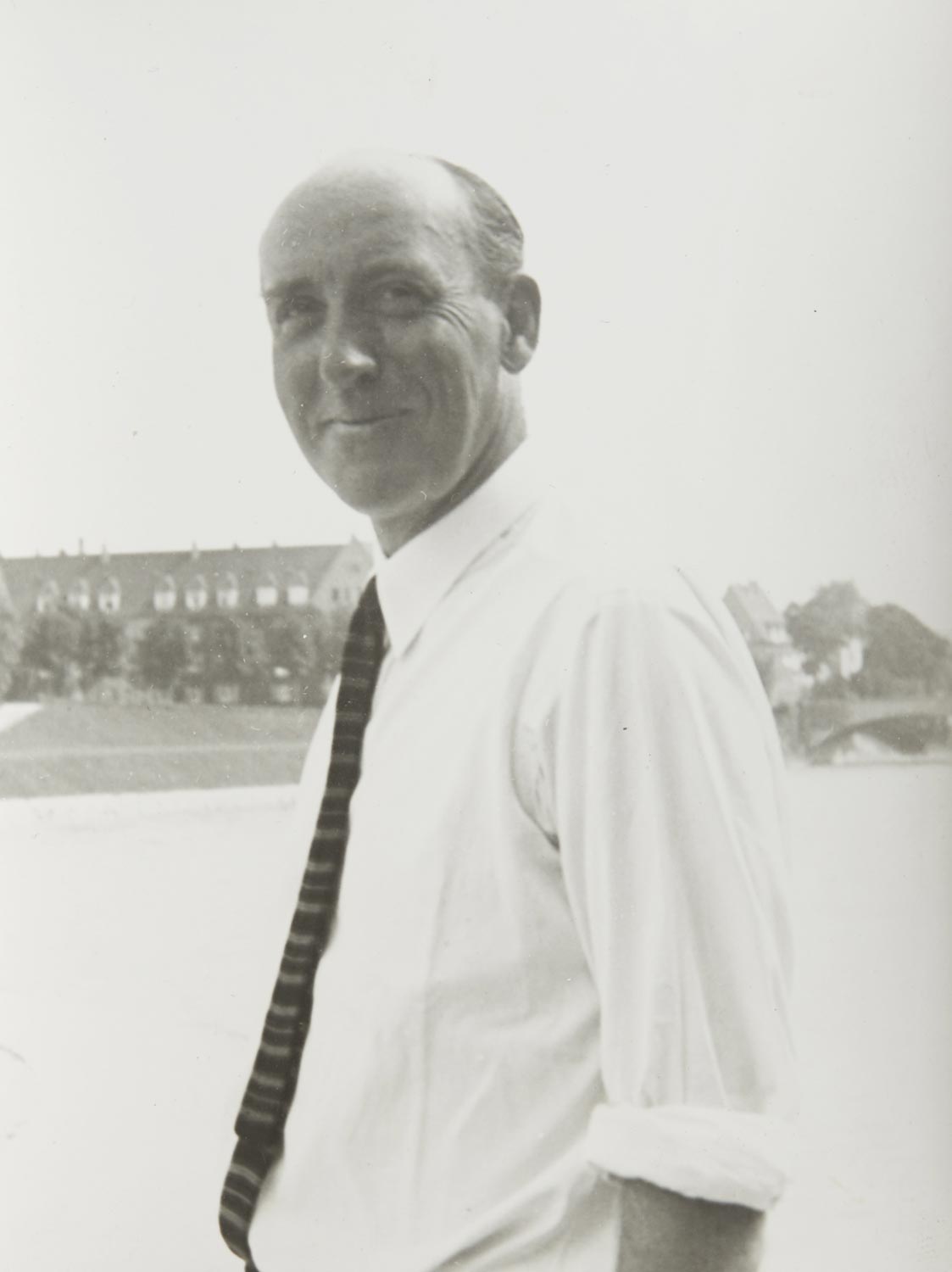
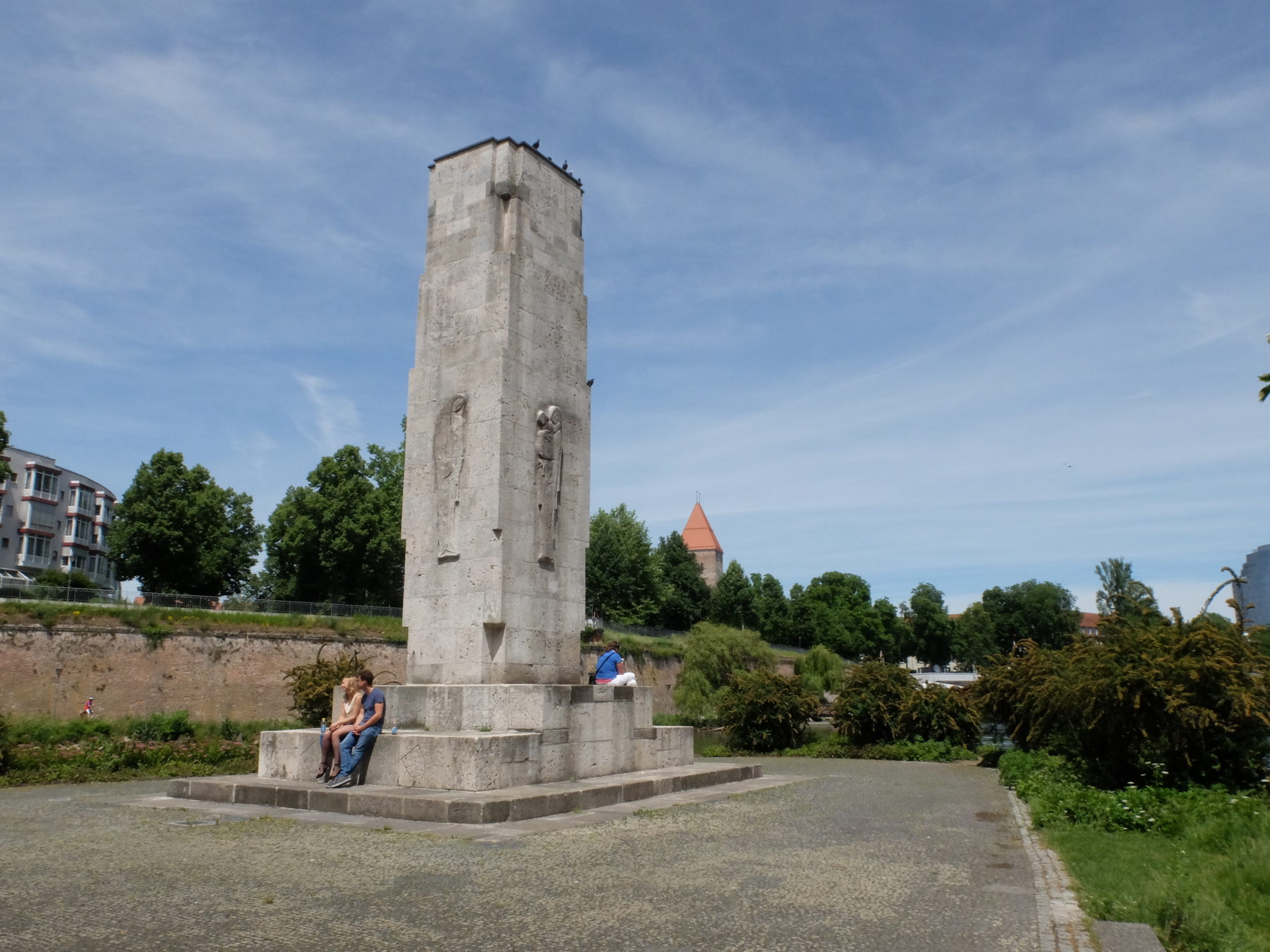
1933-1939
In April, the Prussian Minister of Science, Art and National Education imposes a compulsory leave of absence on Scharff. To protect his Jewish wife, he joins the NSDAP. In the same year he is transferred to the State Academy of Arts in Düsseldorf. The Nazi exhibition „Entartete Kunst“ in Munich shows three works by Edwin Scharff. A total of 48 of his works get confiscated as part of the National Socialist “art purge” and he is asked to resign his teaching post. Edwin Scharff is expelled from the NSDAP. Edwin Scharff is retired.
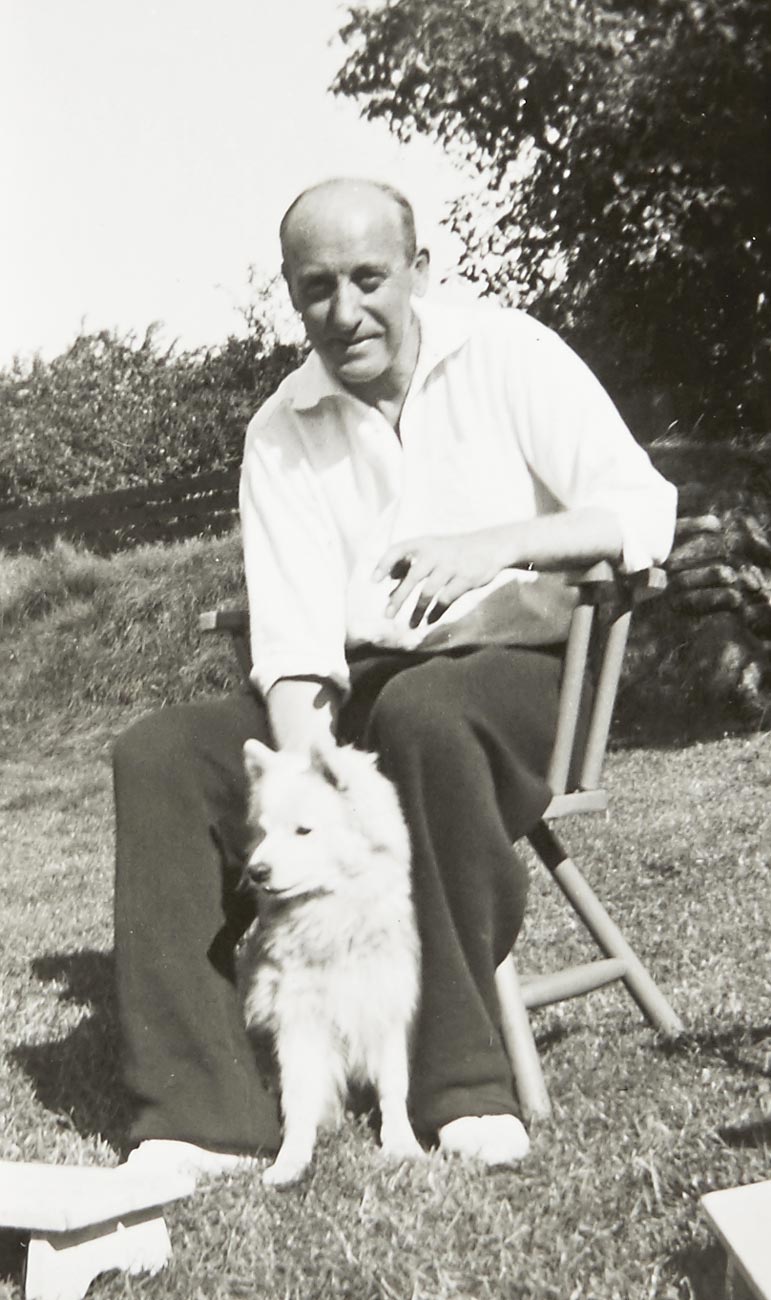
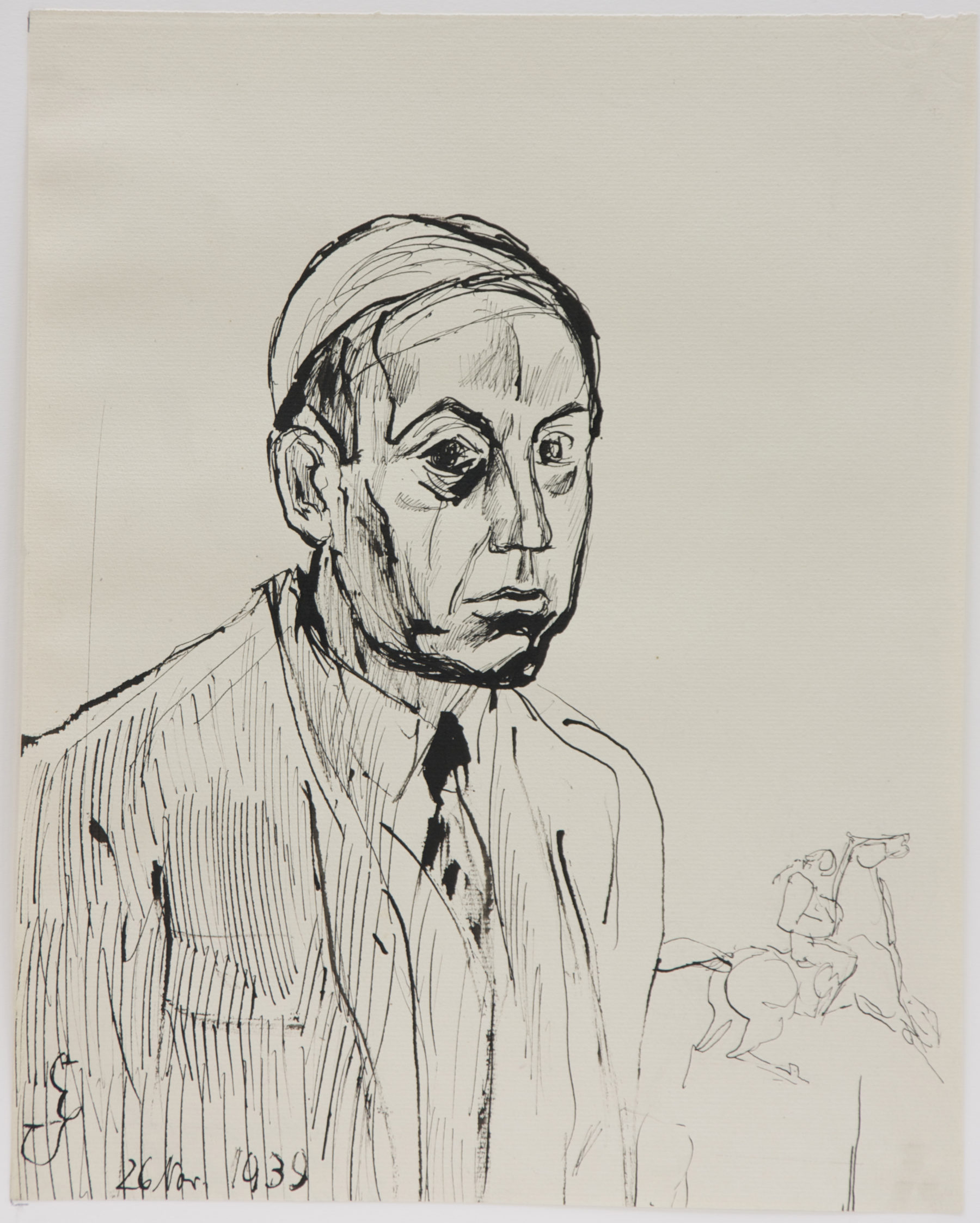
1940
Scharff is expelled from the Reich Chamber of Fine Arts and receives an absolute ban on working.
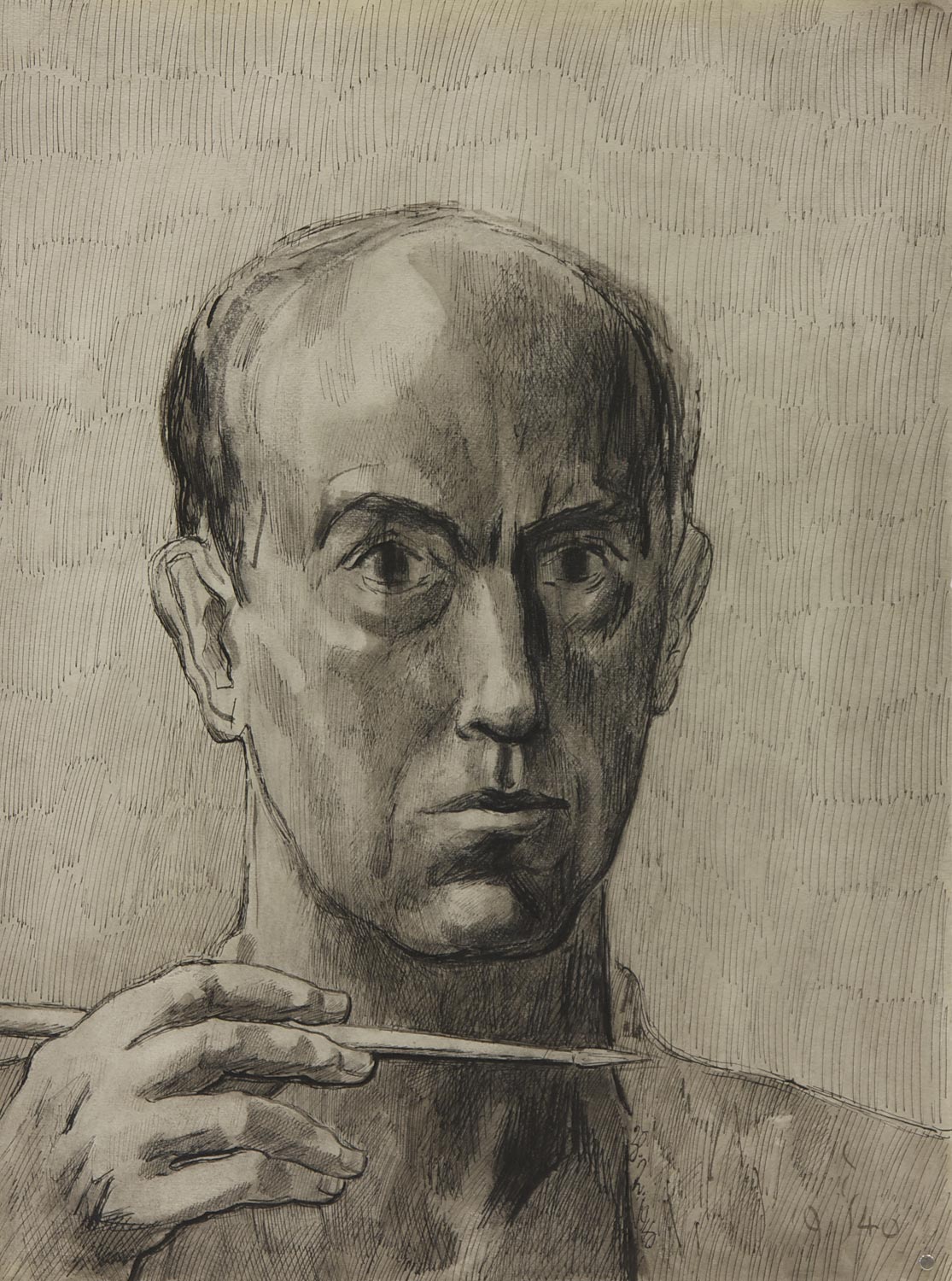
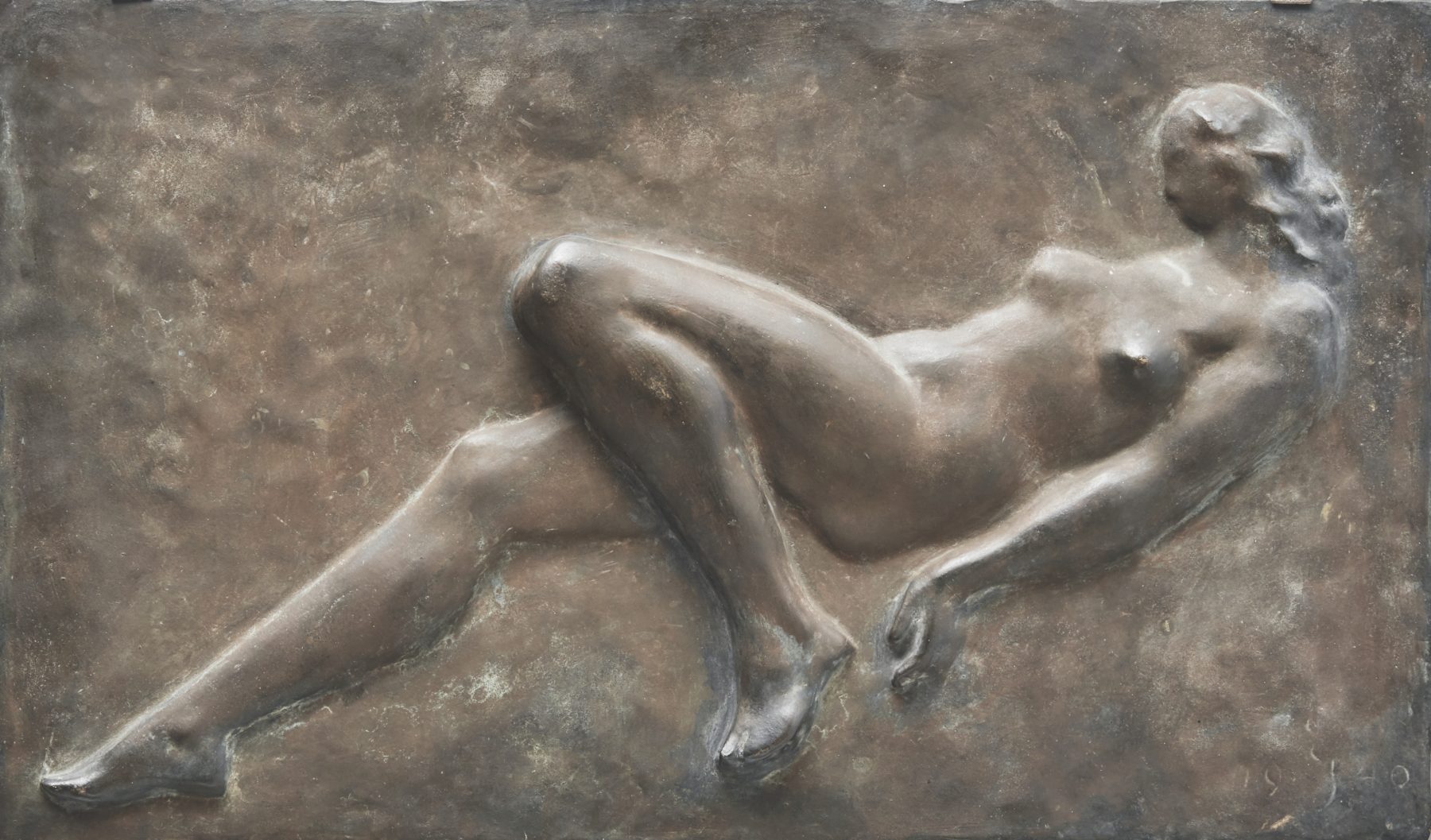
1943-1944
During a bombing raid, his Düsseldorf apartment gets completely destroyed, whereupon Scharff moves parts of the work to the Schloss Haus Wohnung near Nienborg in Westphalia (demolished in 1973). Shortly afterwards, the Düsseldorf studio gets destroyed during a bombing raid in November. The new studio gets also destroyed in April 1944. Scharff is able to continue his artistic work in the sacristy of the bombed-out St. Vincent Church in Düsseldorf.
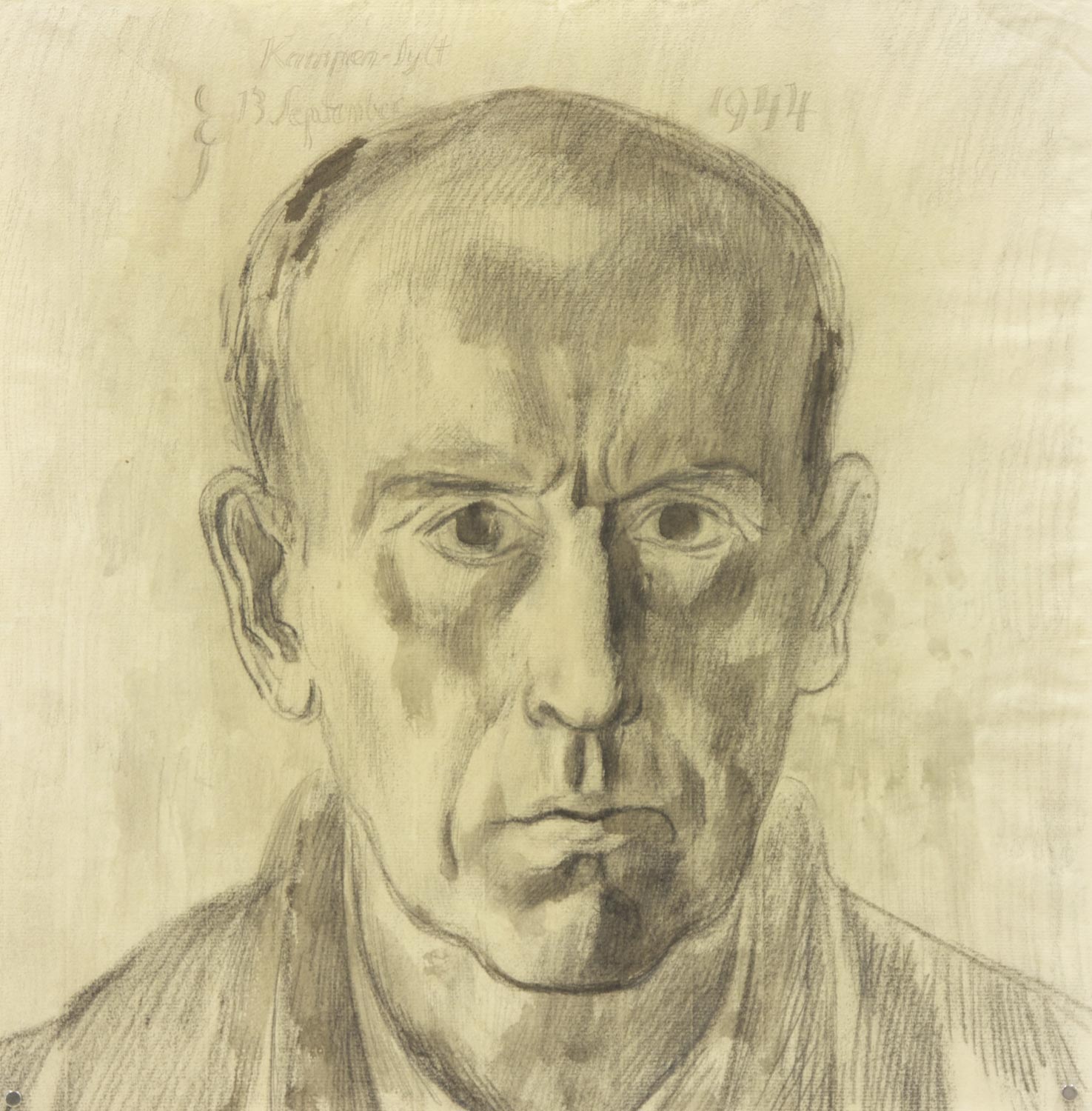
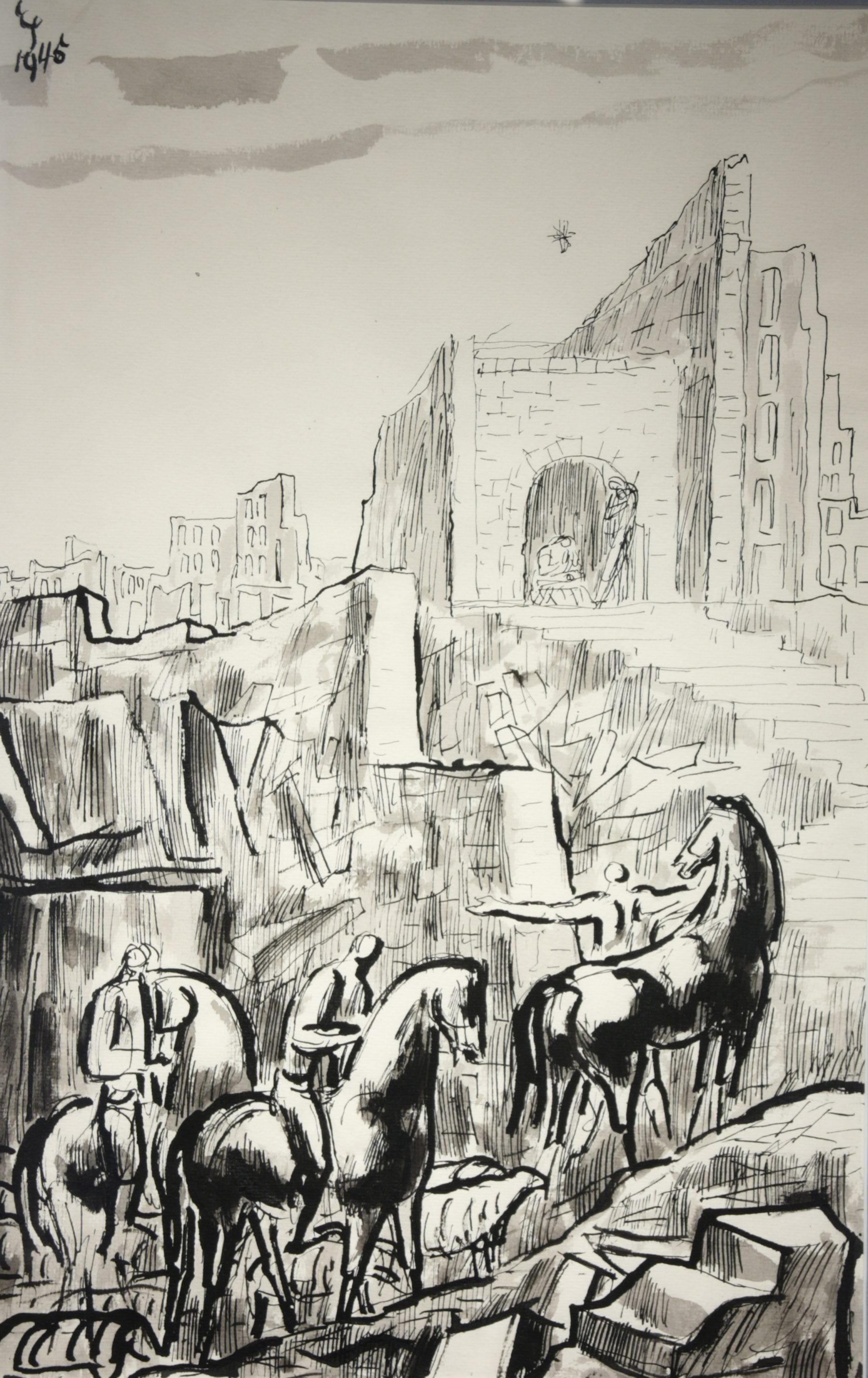
1945
An arson attack is carried out on the stable building of Haus Wohnung, in which Scharff’s sculptures are stored. Afterwards an indefinite number of works are destroyed. He begins his work on the Marienthal church door.
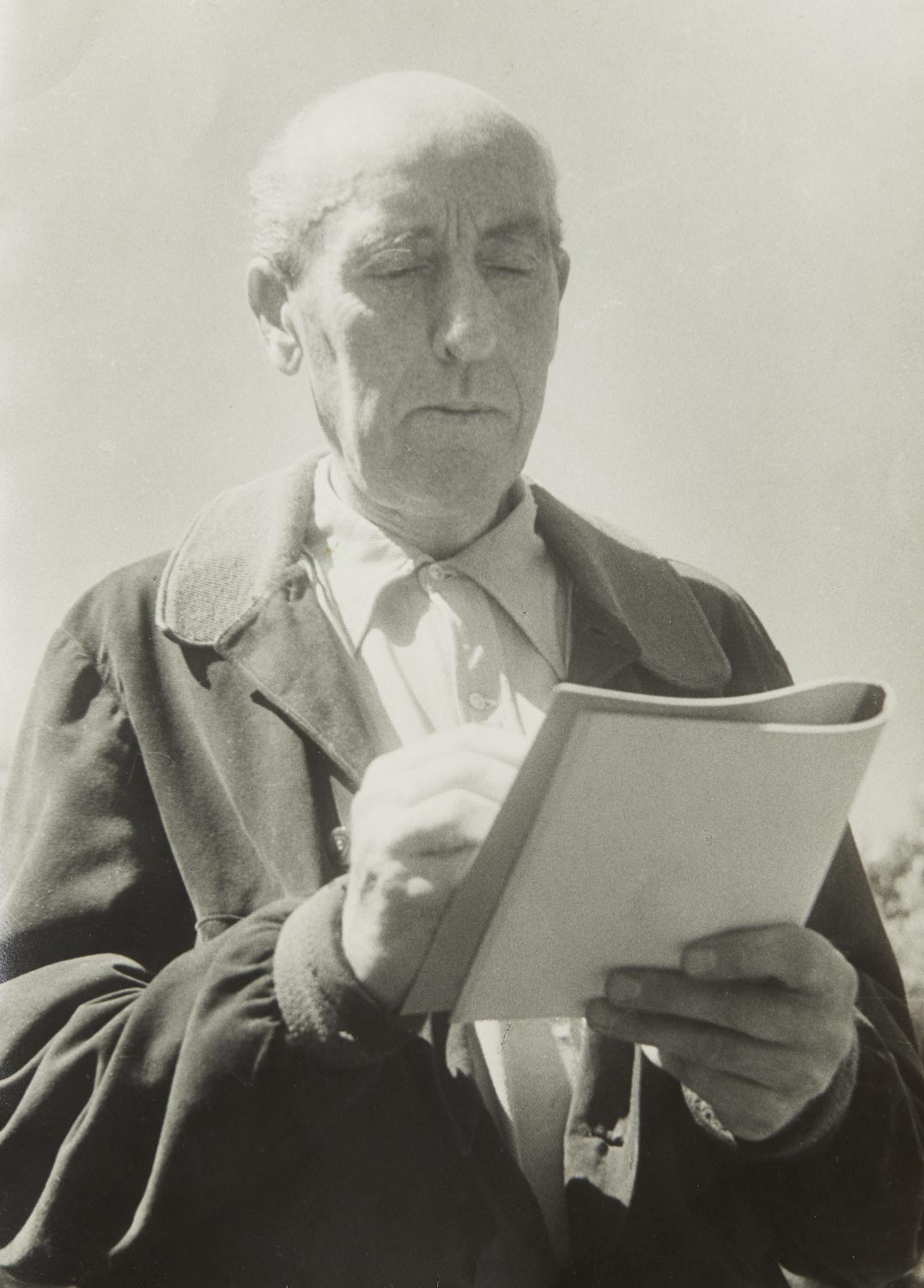
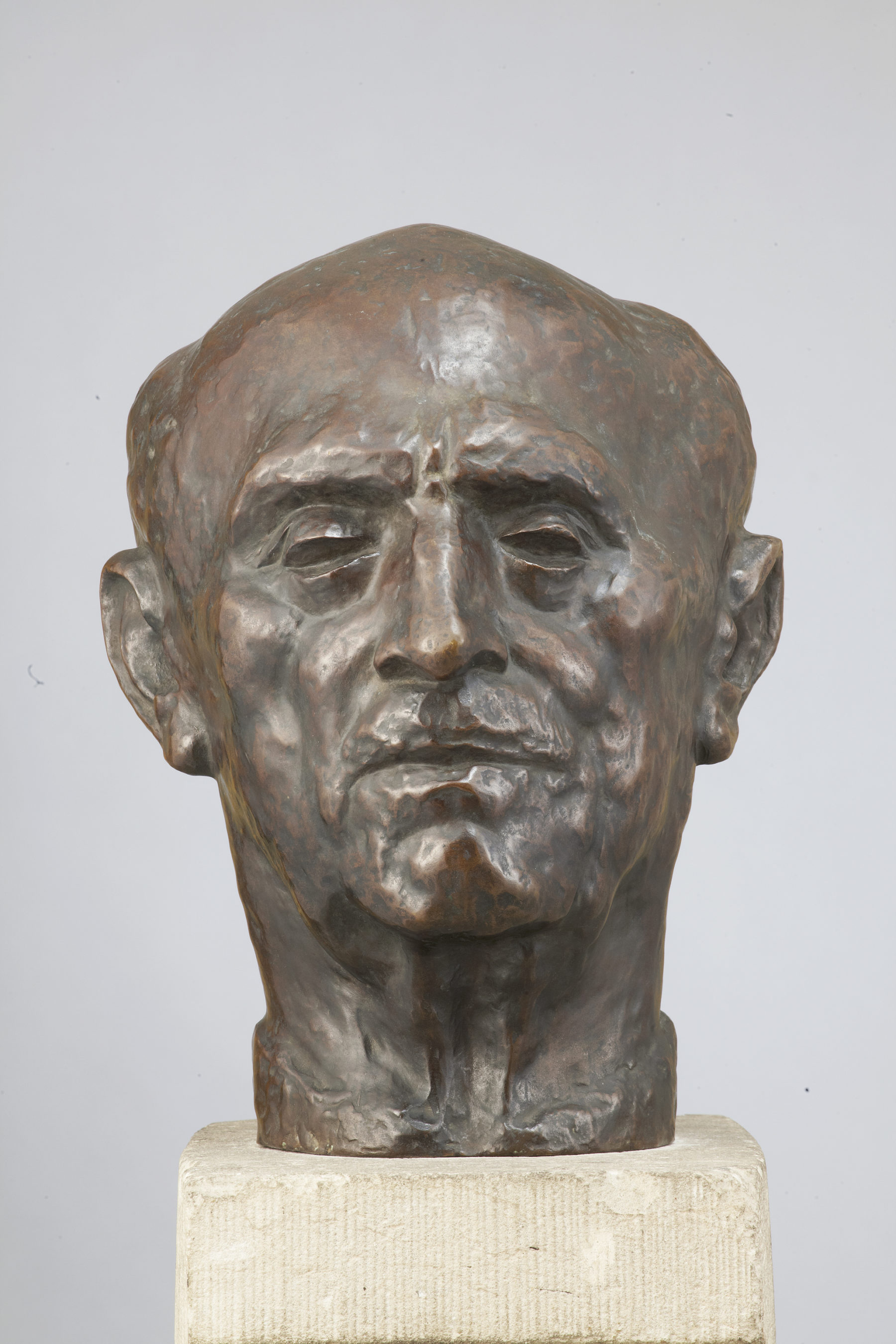
1946-1947
Edwin Scharff receives a call to the art school in Hamburg. The Kunstverein Hamburg organizes a first retrospective exhibition in his honour at the Galerie Bock.
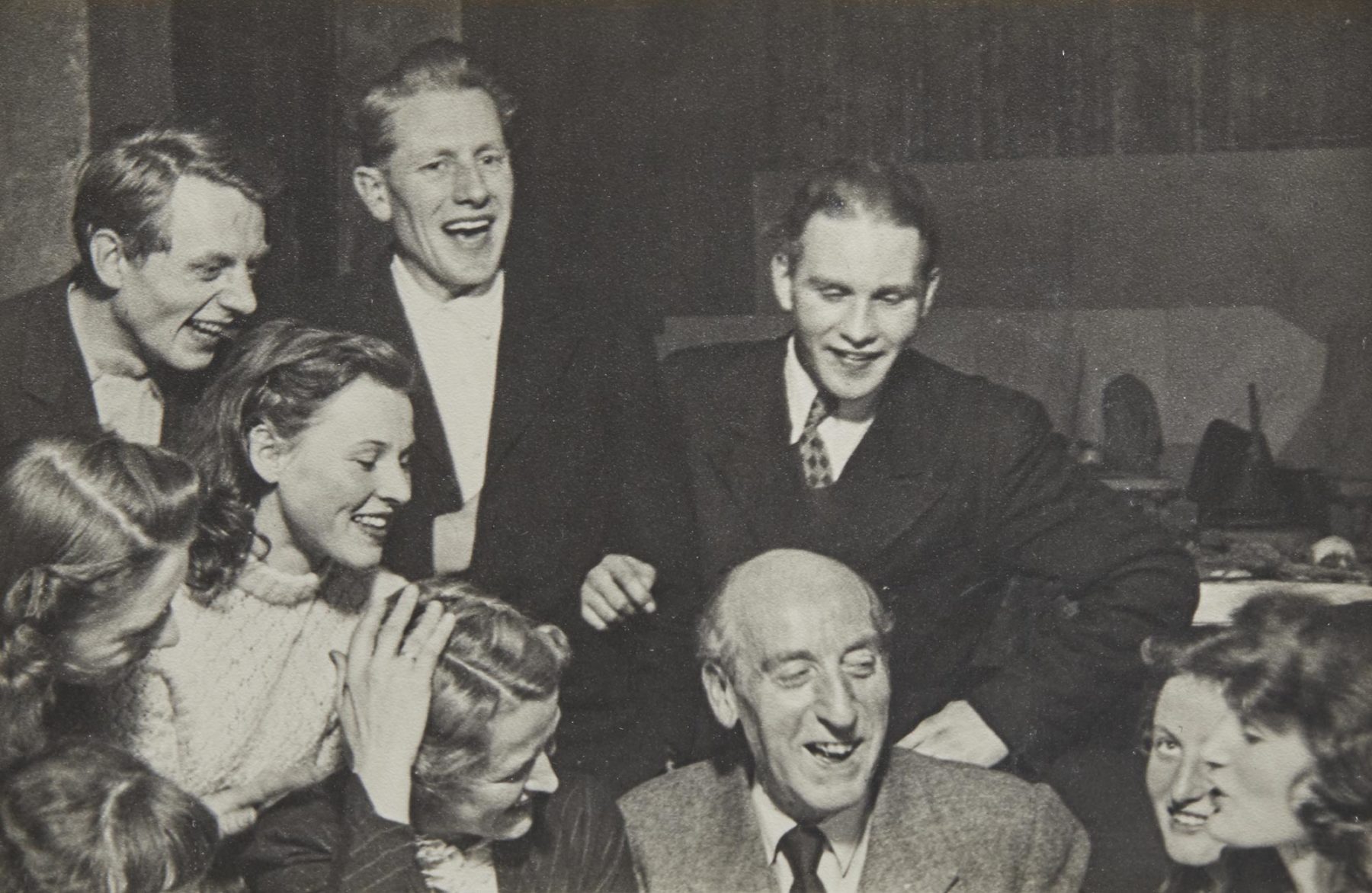
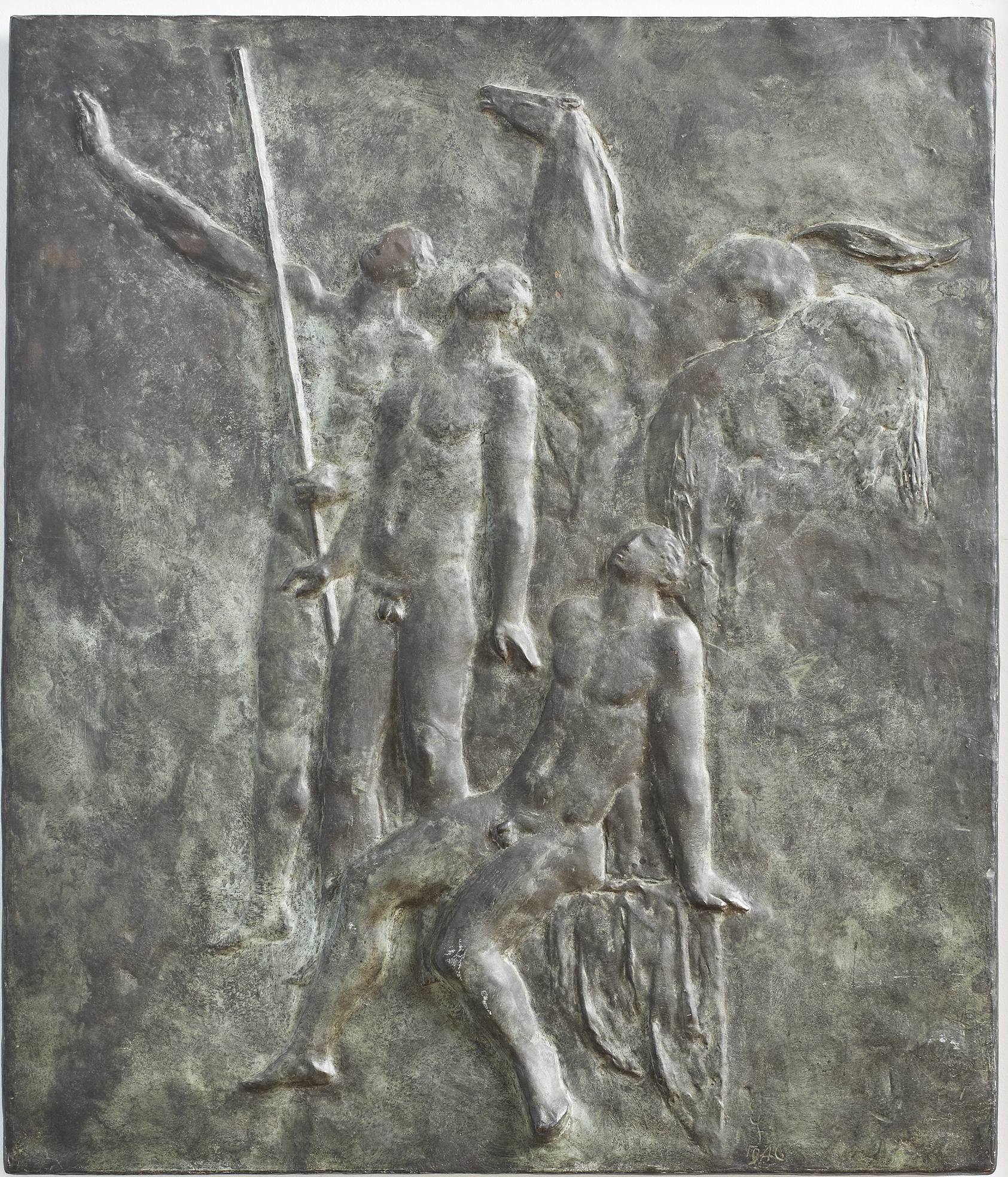
1949
Scharff completes the bronze portal „Das Credo“ for the present-day parish church of St. Mary’s Assumption of the Carmelite monastery Marienthal in Hamminkeln. He becomes a member of the Bavarian Academy of Fine Arts, the Hamburg Free Academy of Arts and the Hamburg Secession.
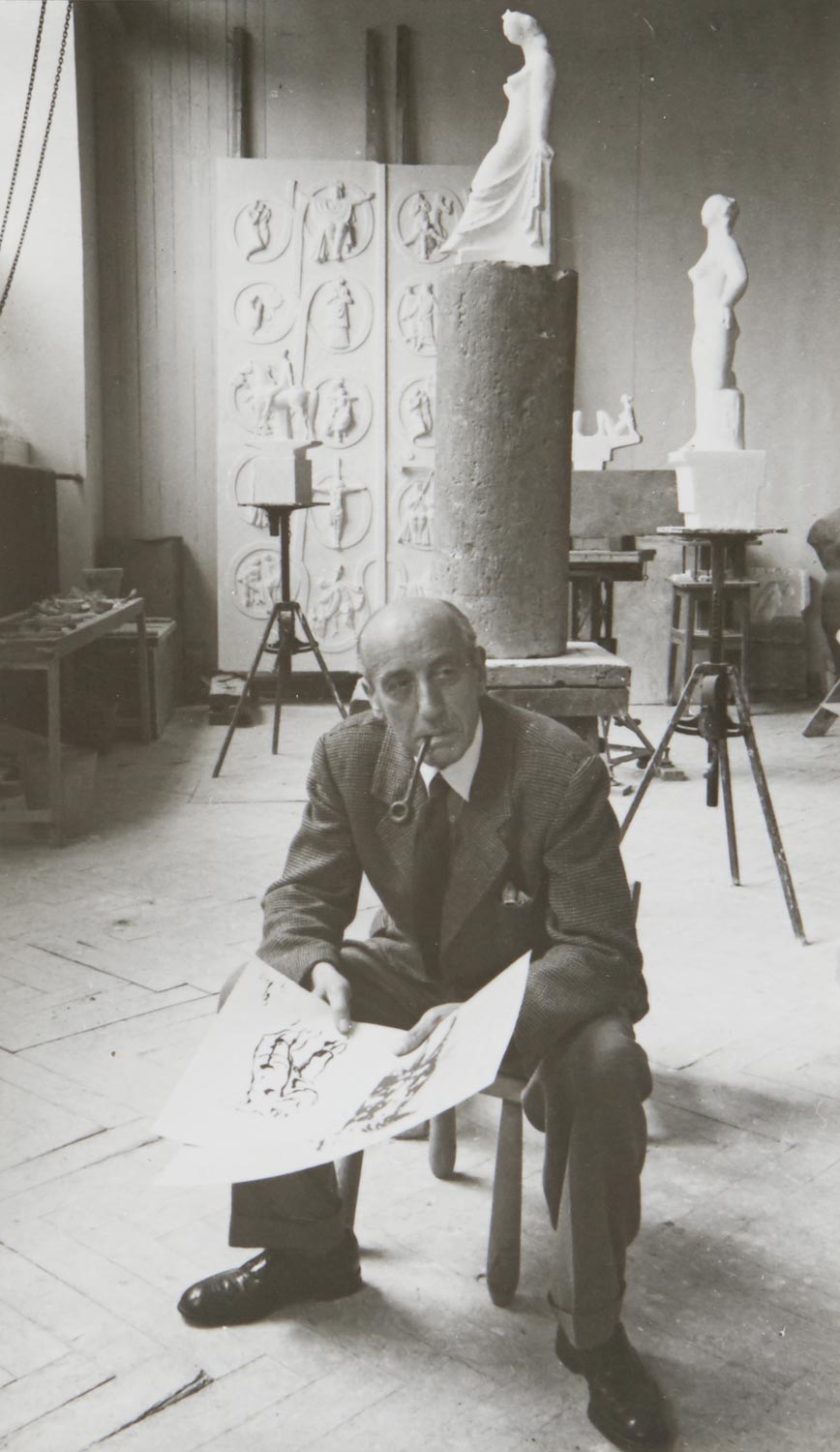
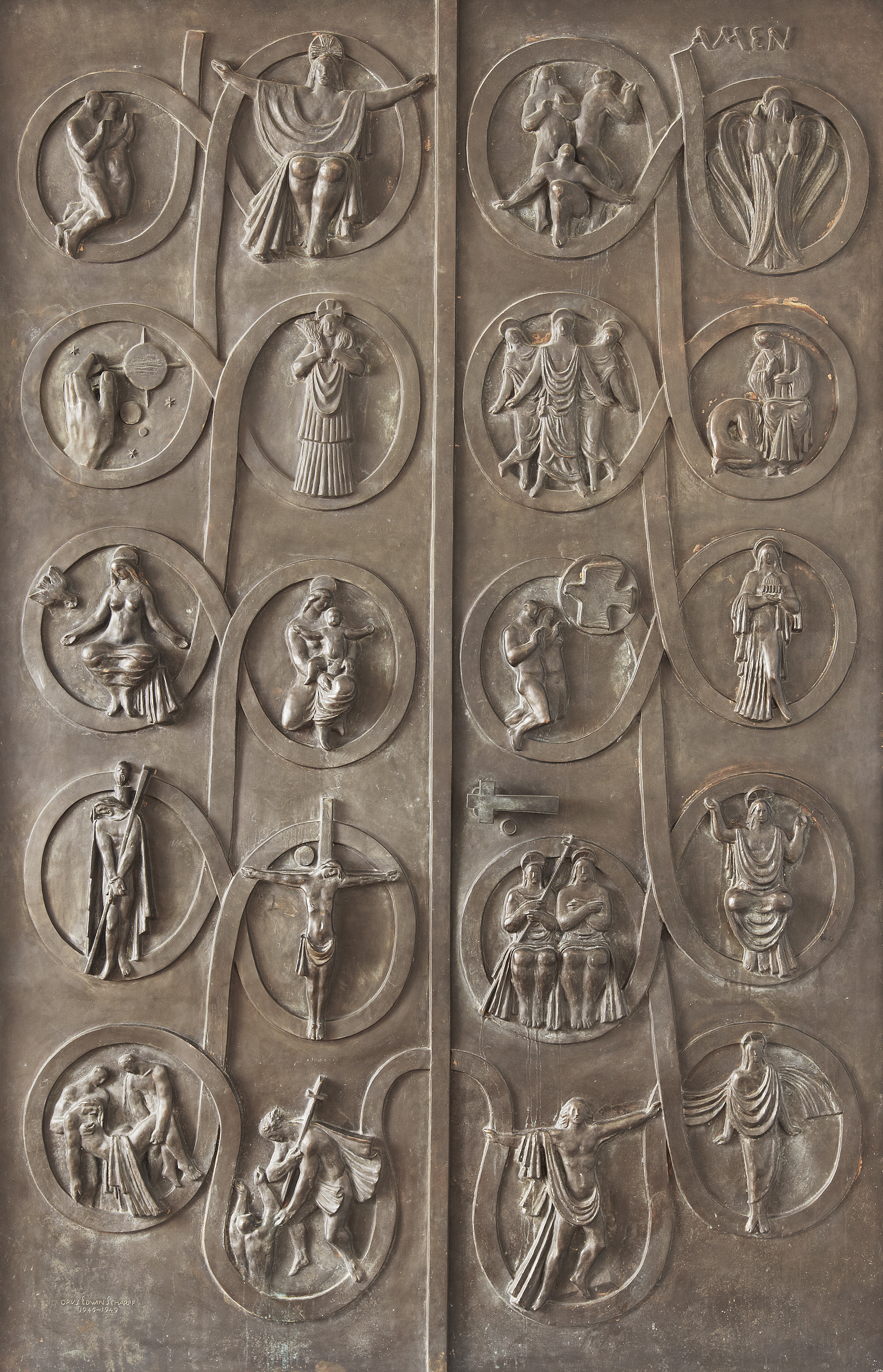
1950
Scharff begins his work on the bronze relief „Ruth and Boas“. First drafts for a landmark for Hamburg („Männer im Boot“/”men in a boat”) are also created.
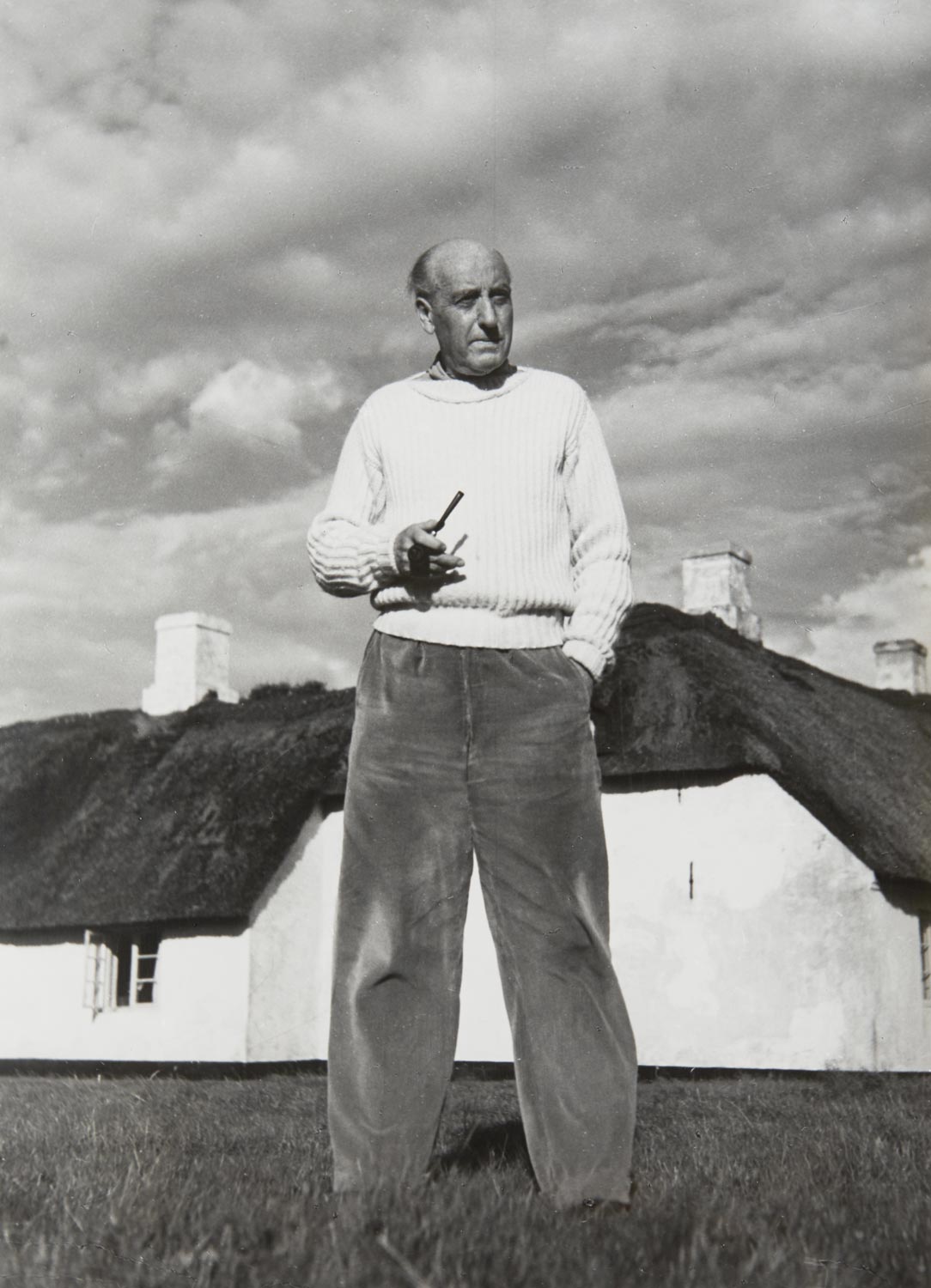
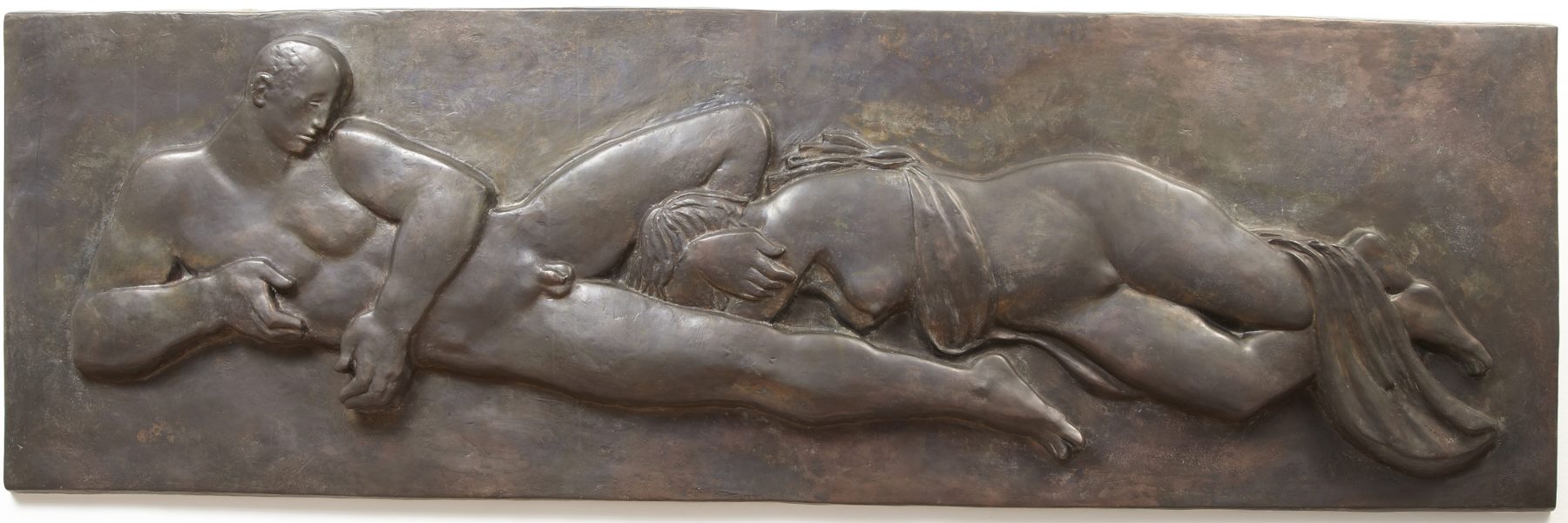
1955
He receives an invitation to participate in the documenta 1955. Edwin Scharff dies on 18 May 1955 and is buried at the Ohlsdorf Cemetery in Hamburg
